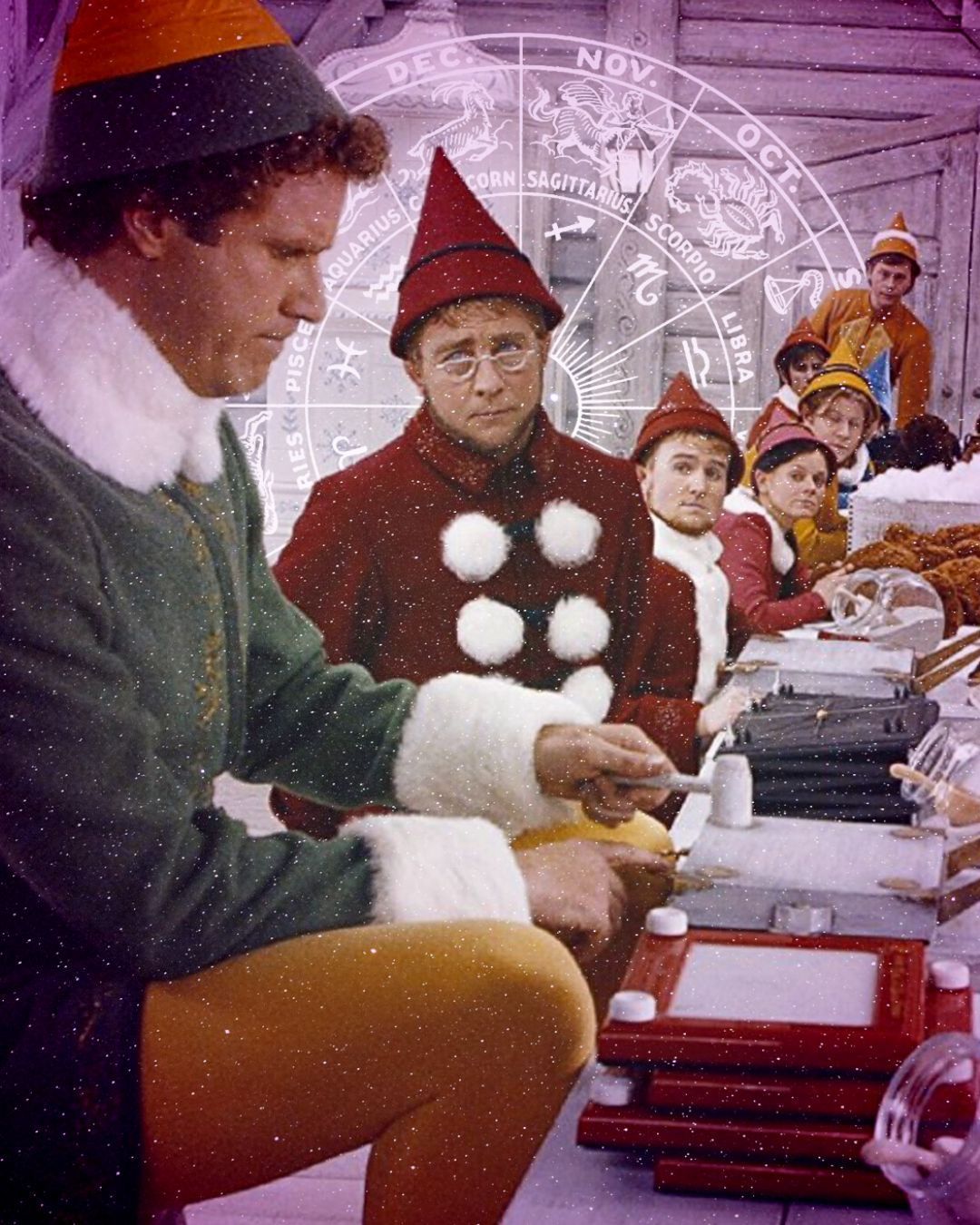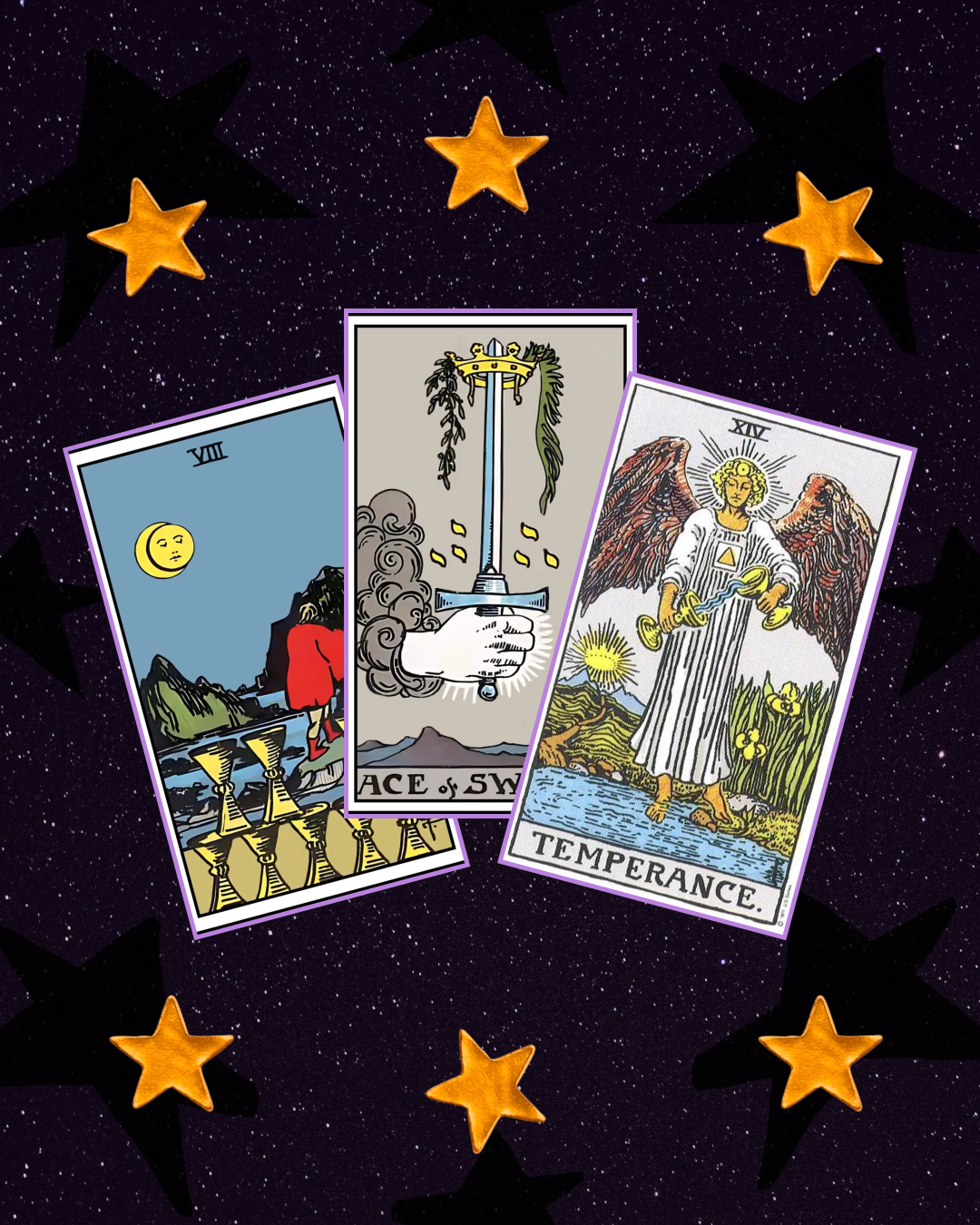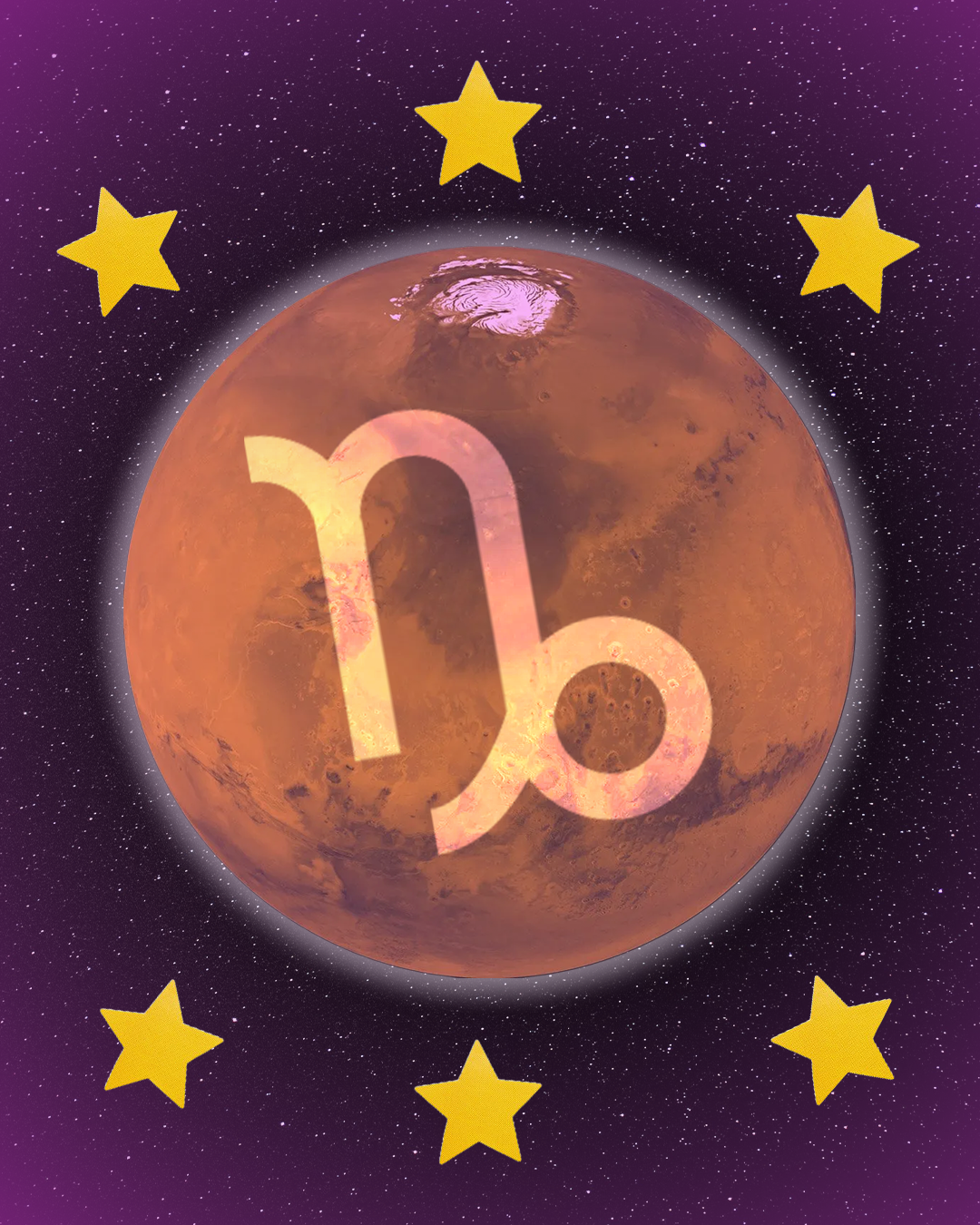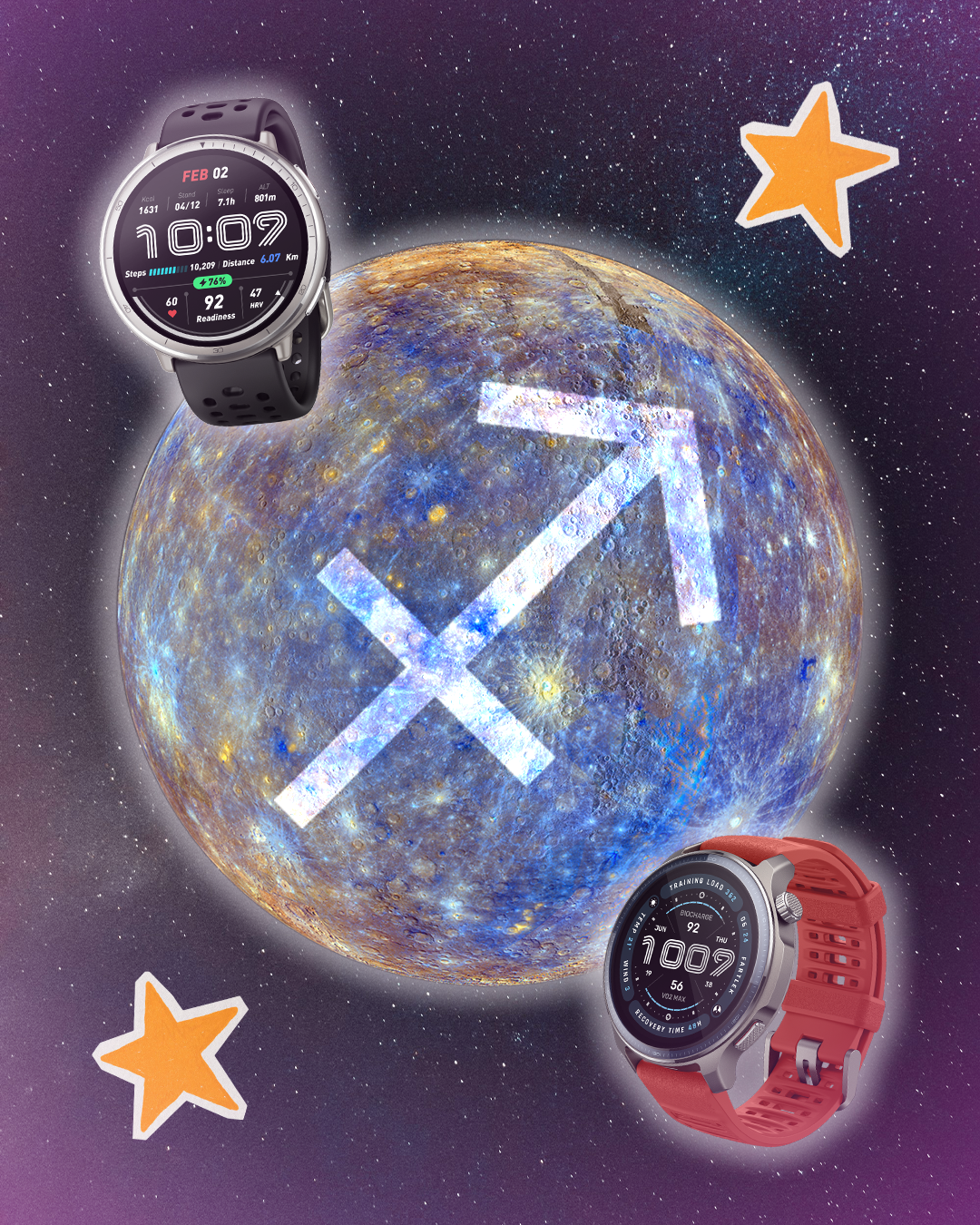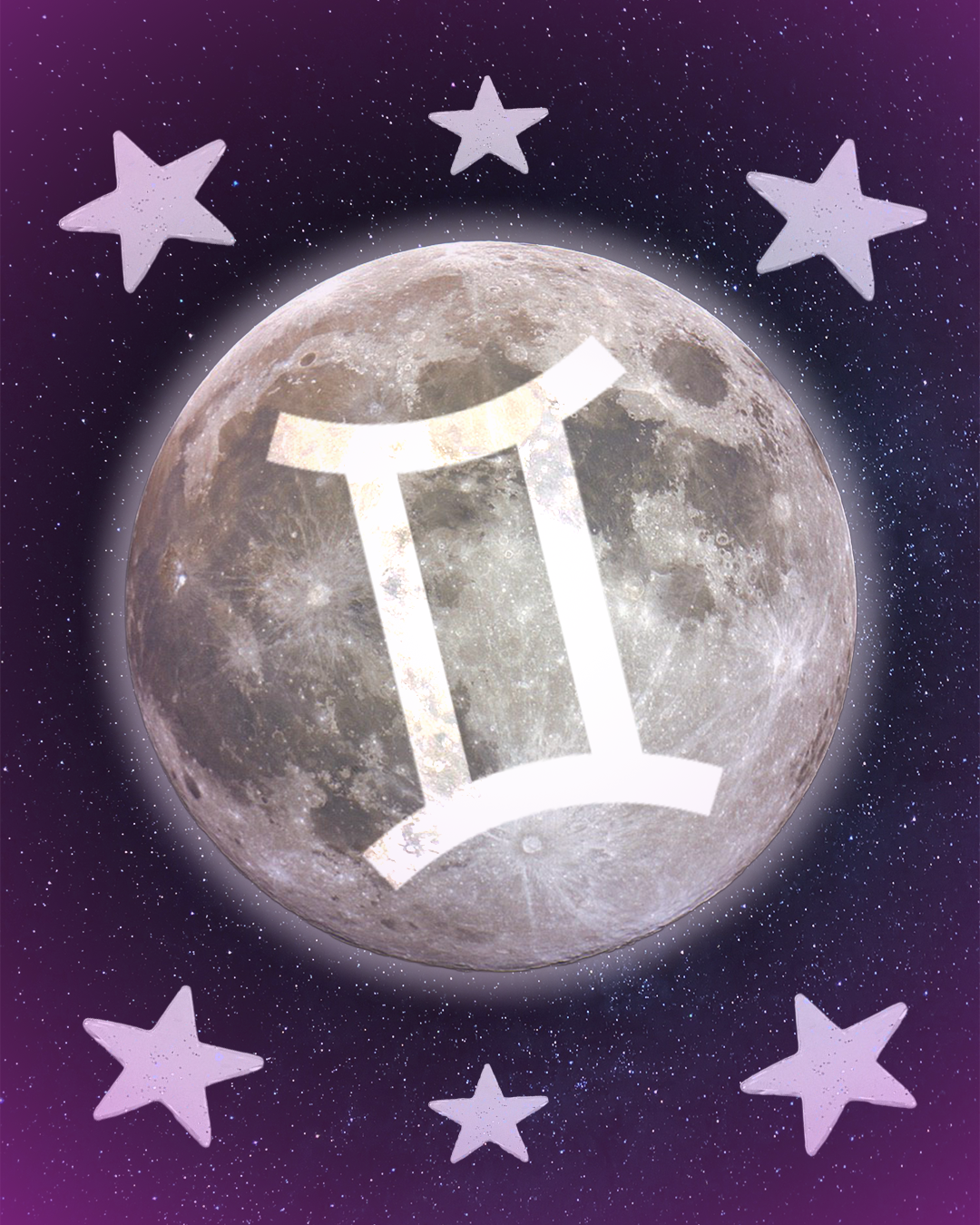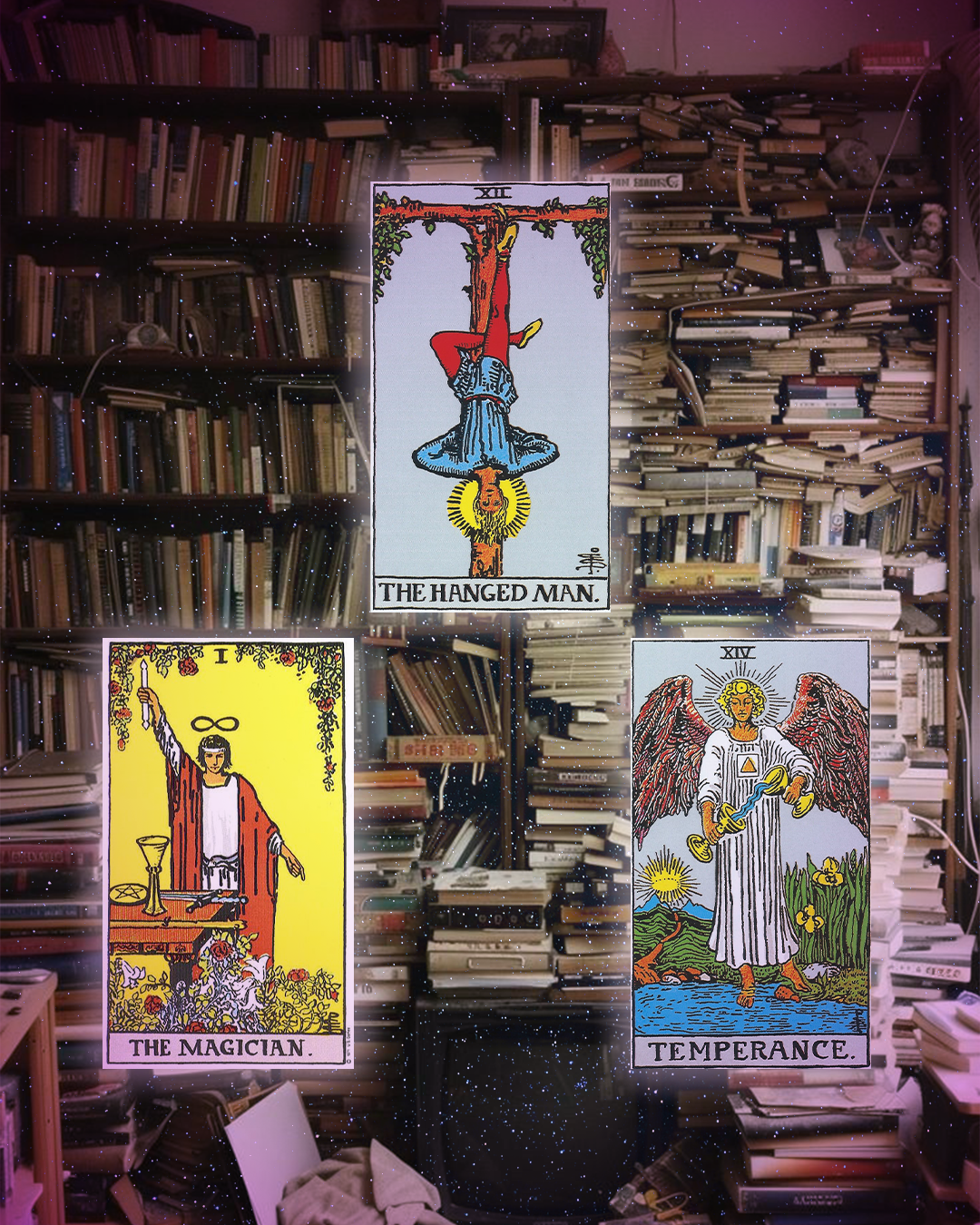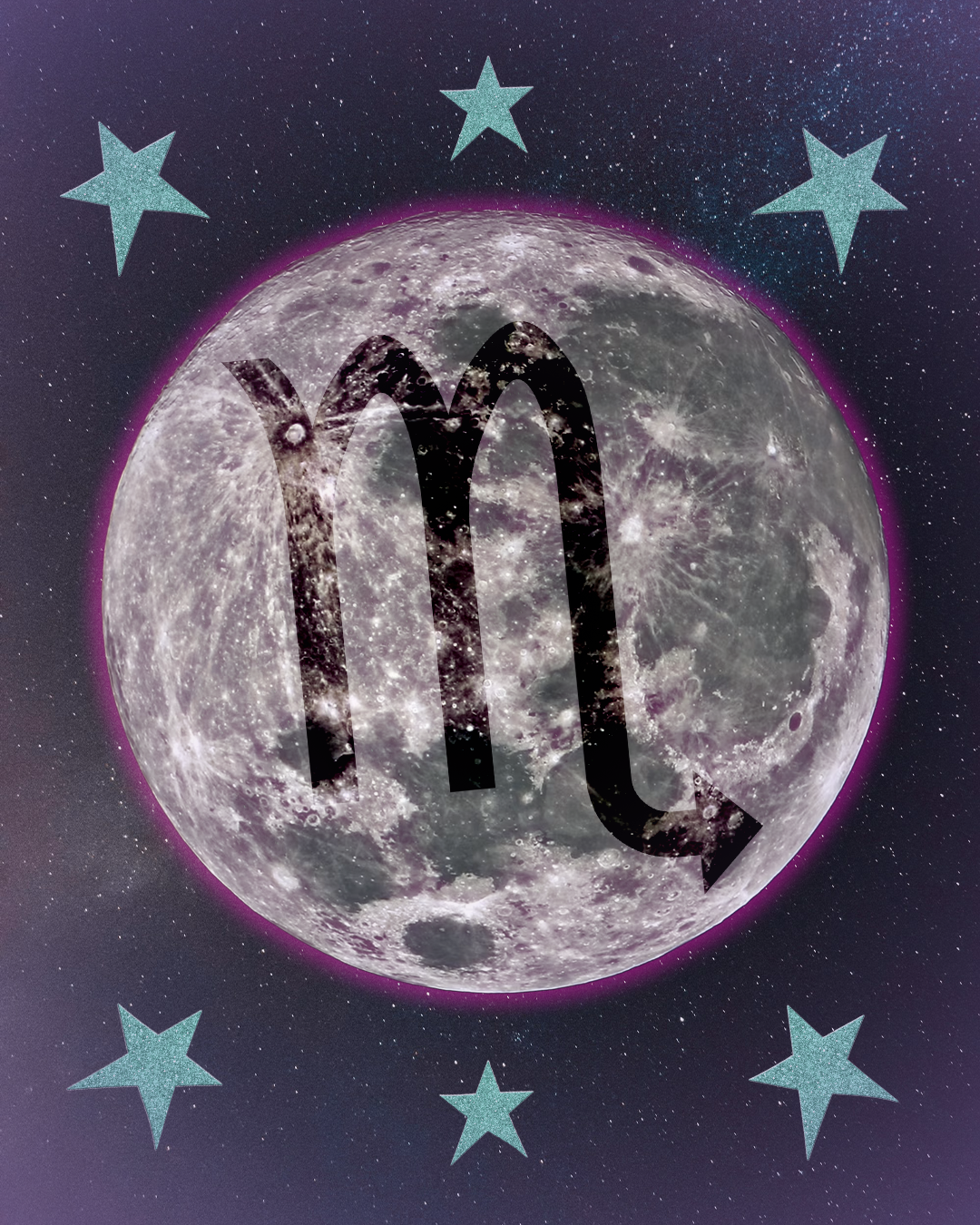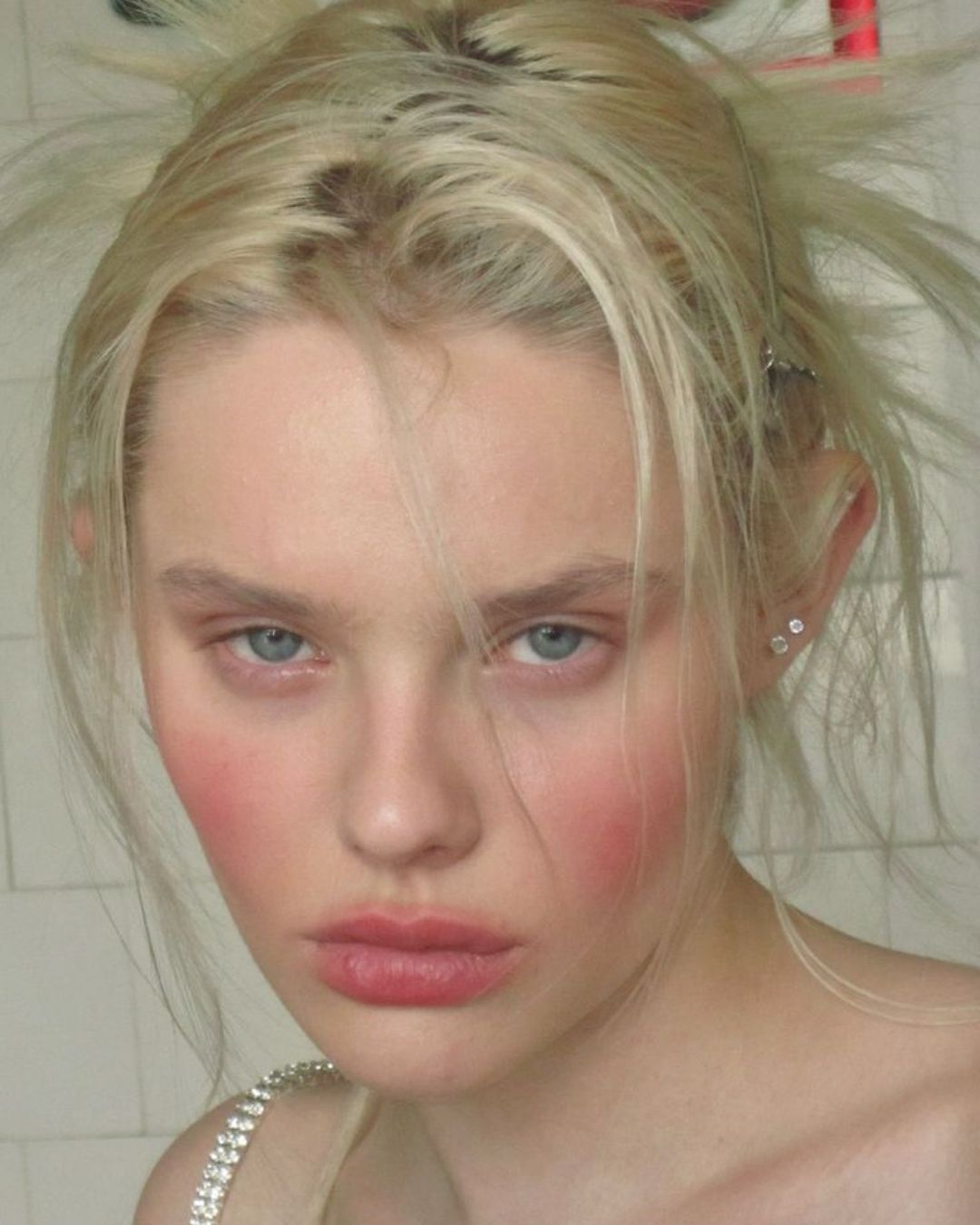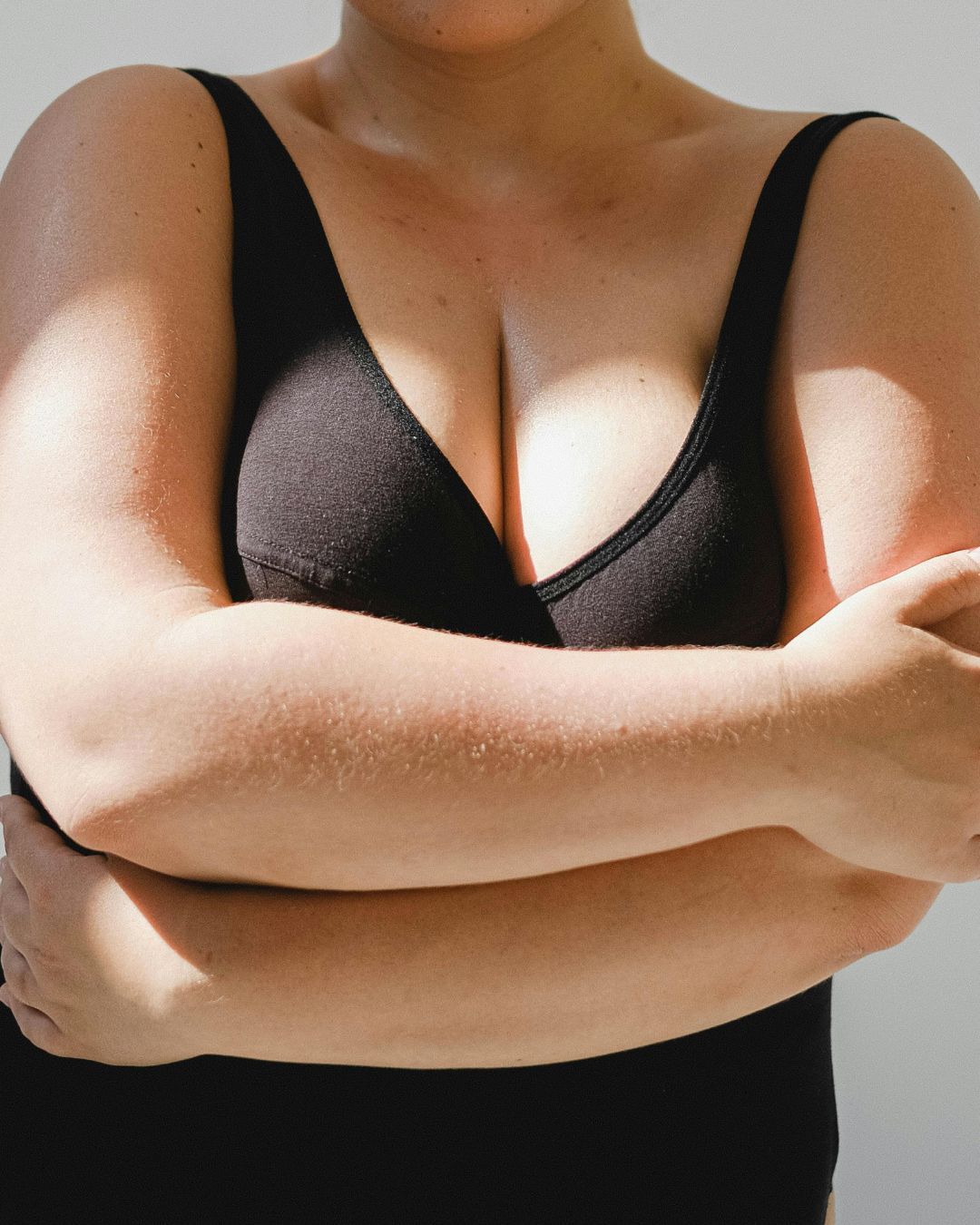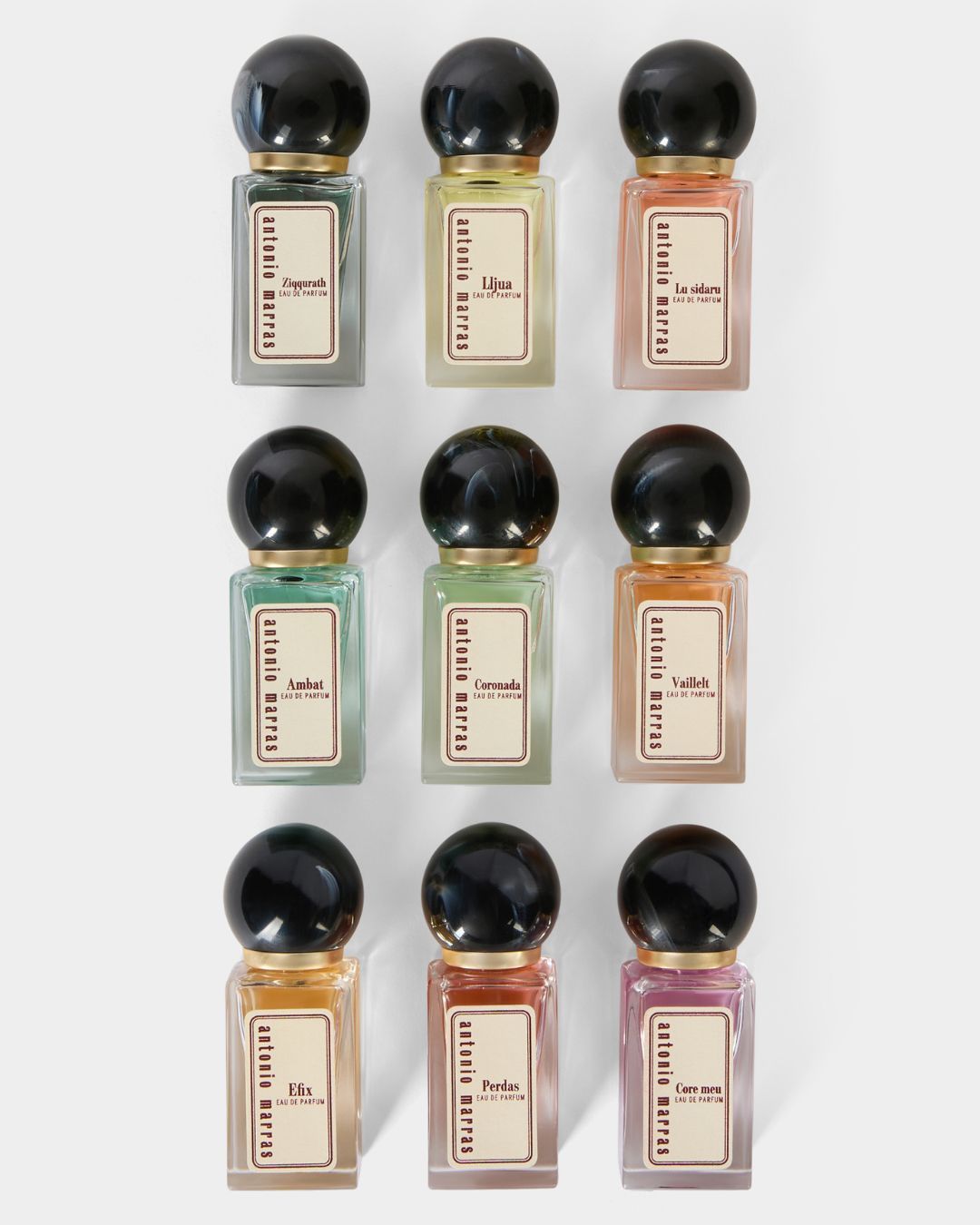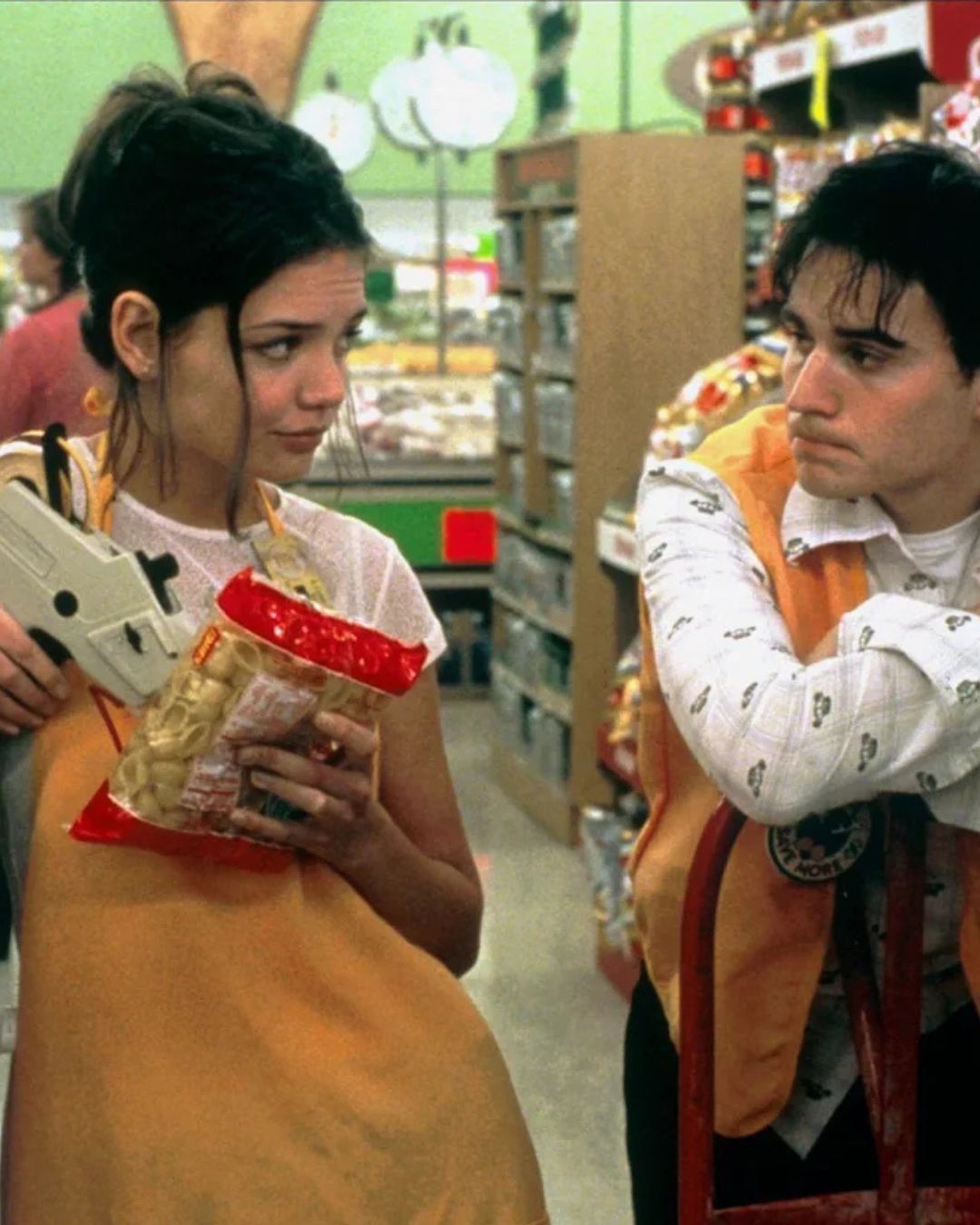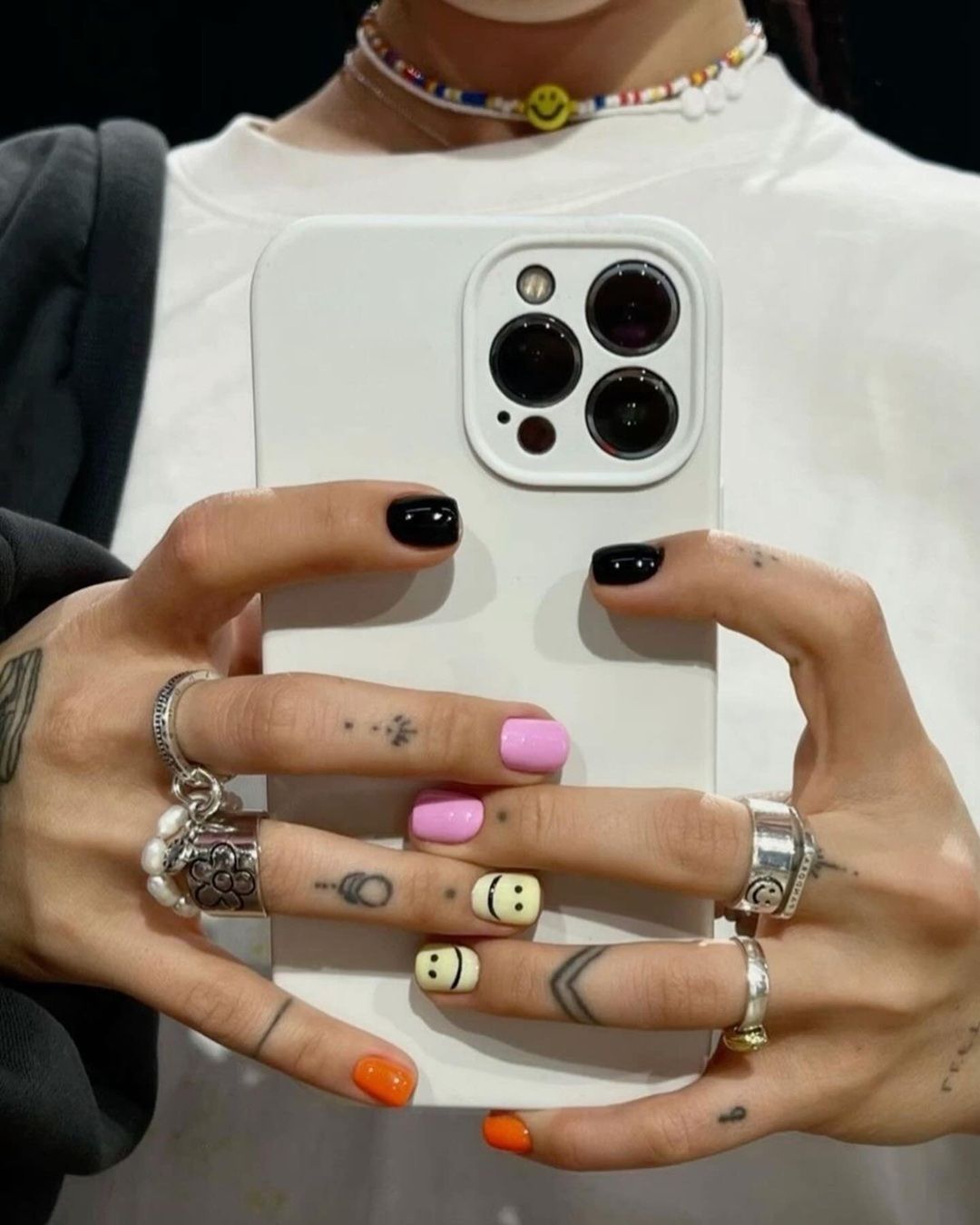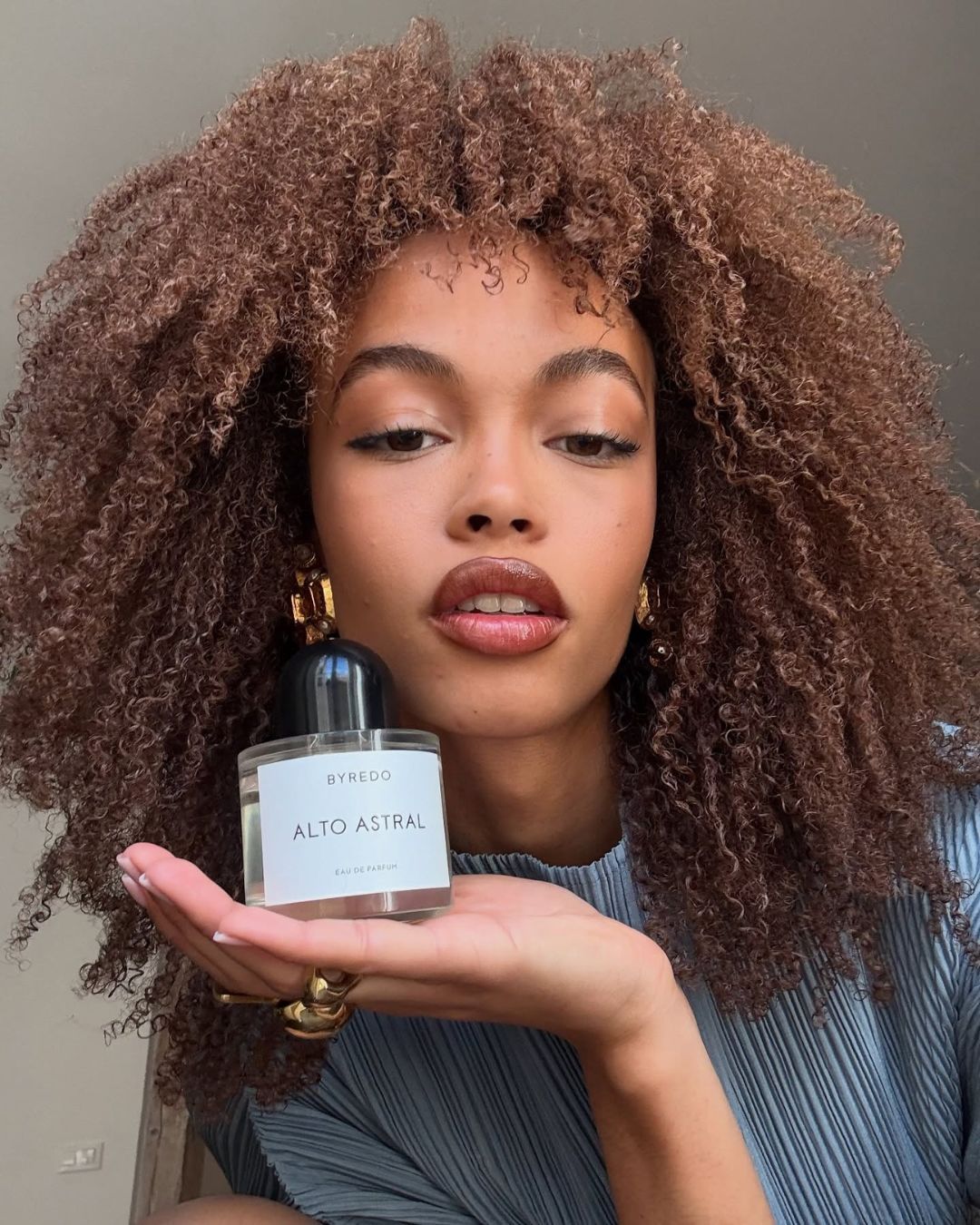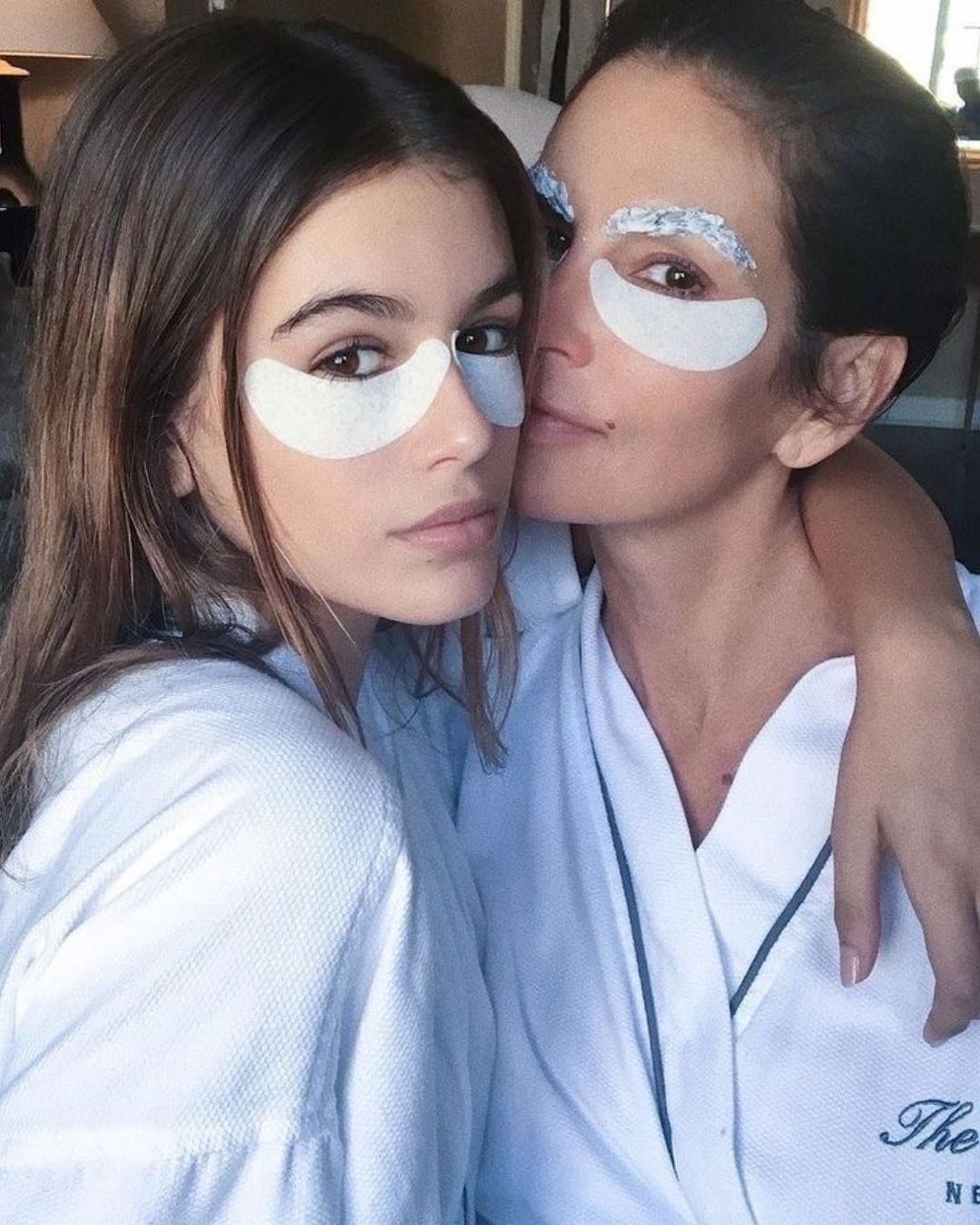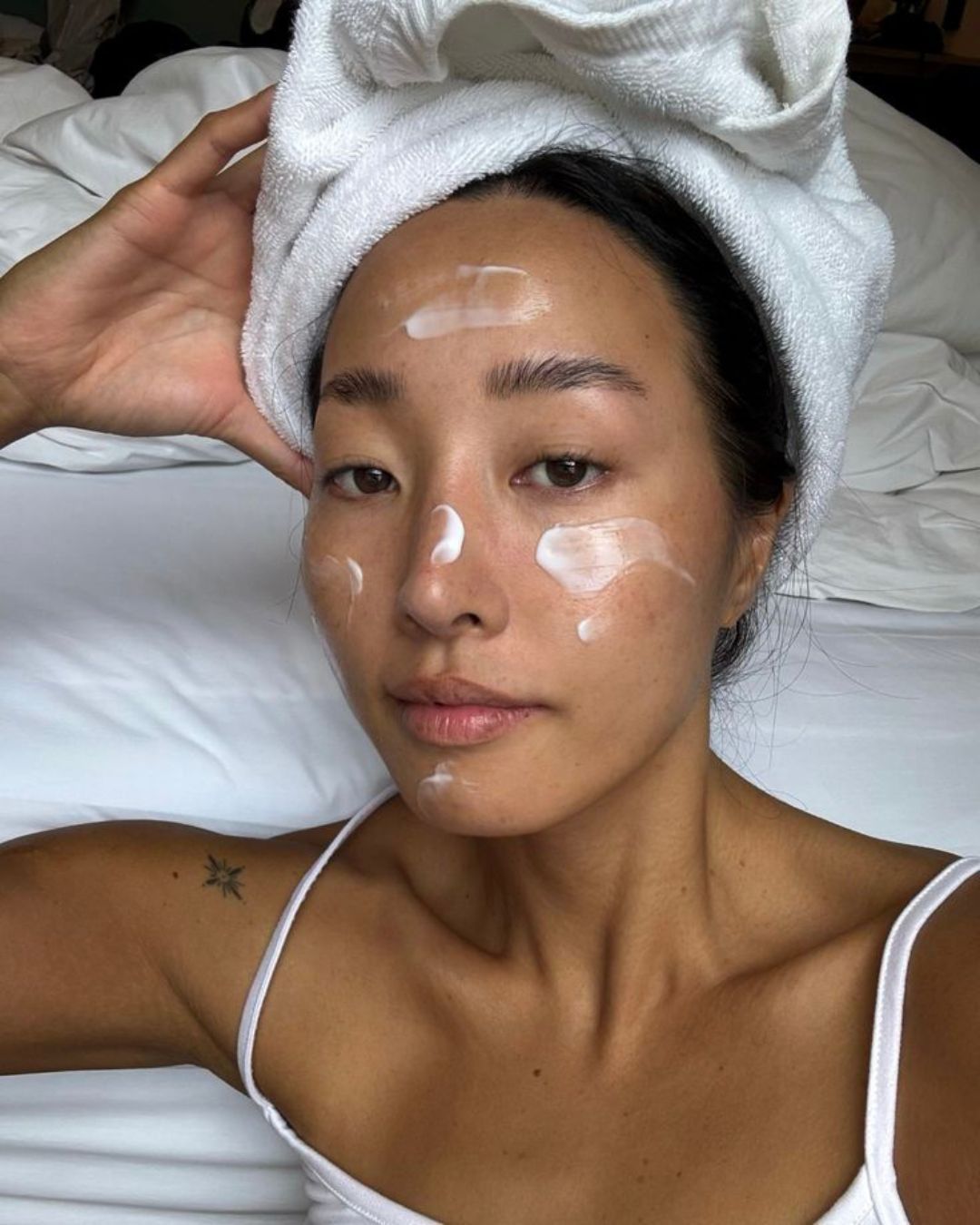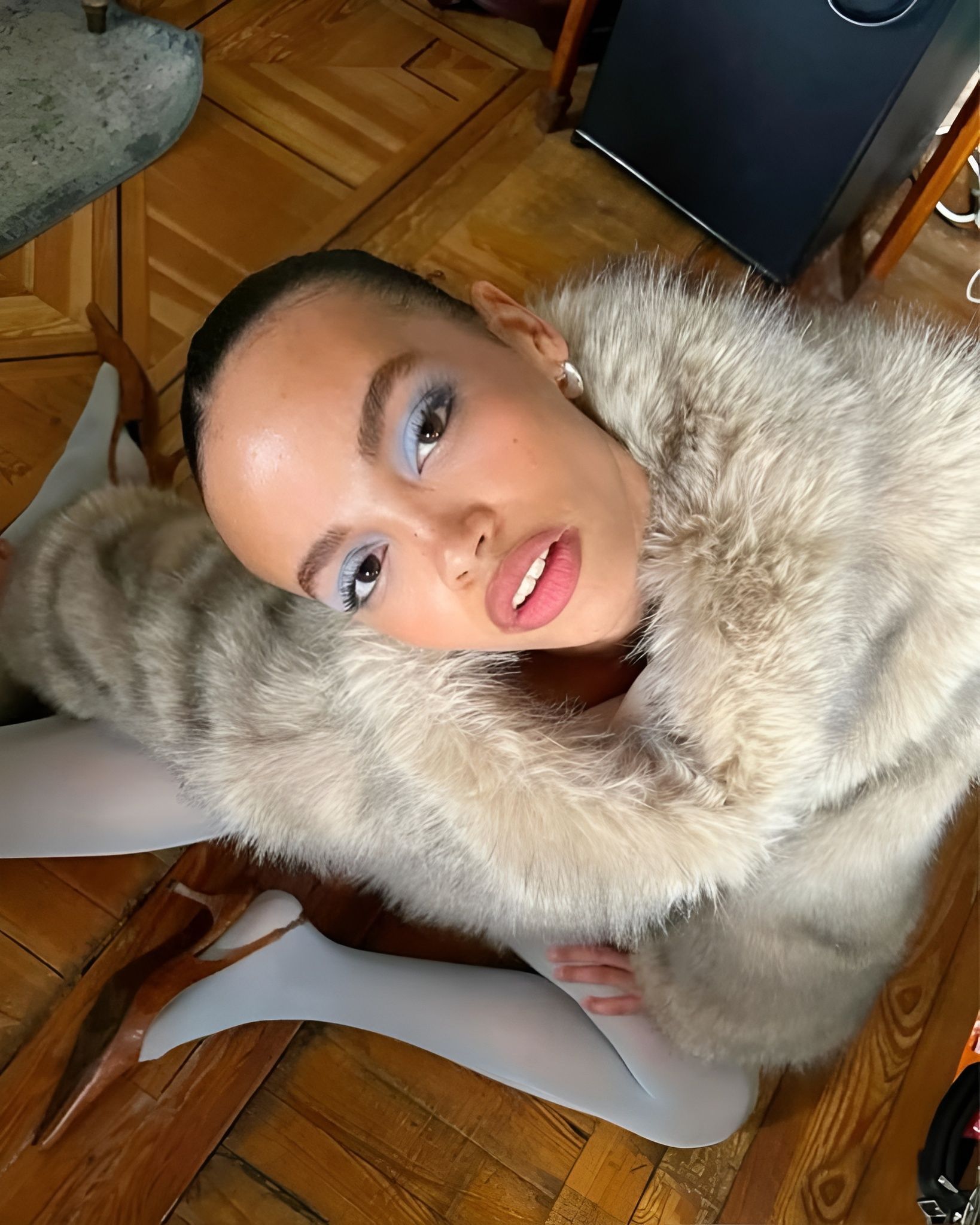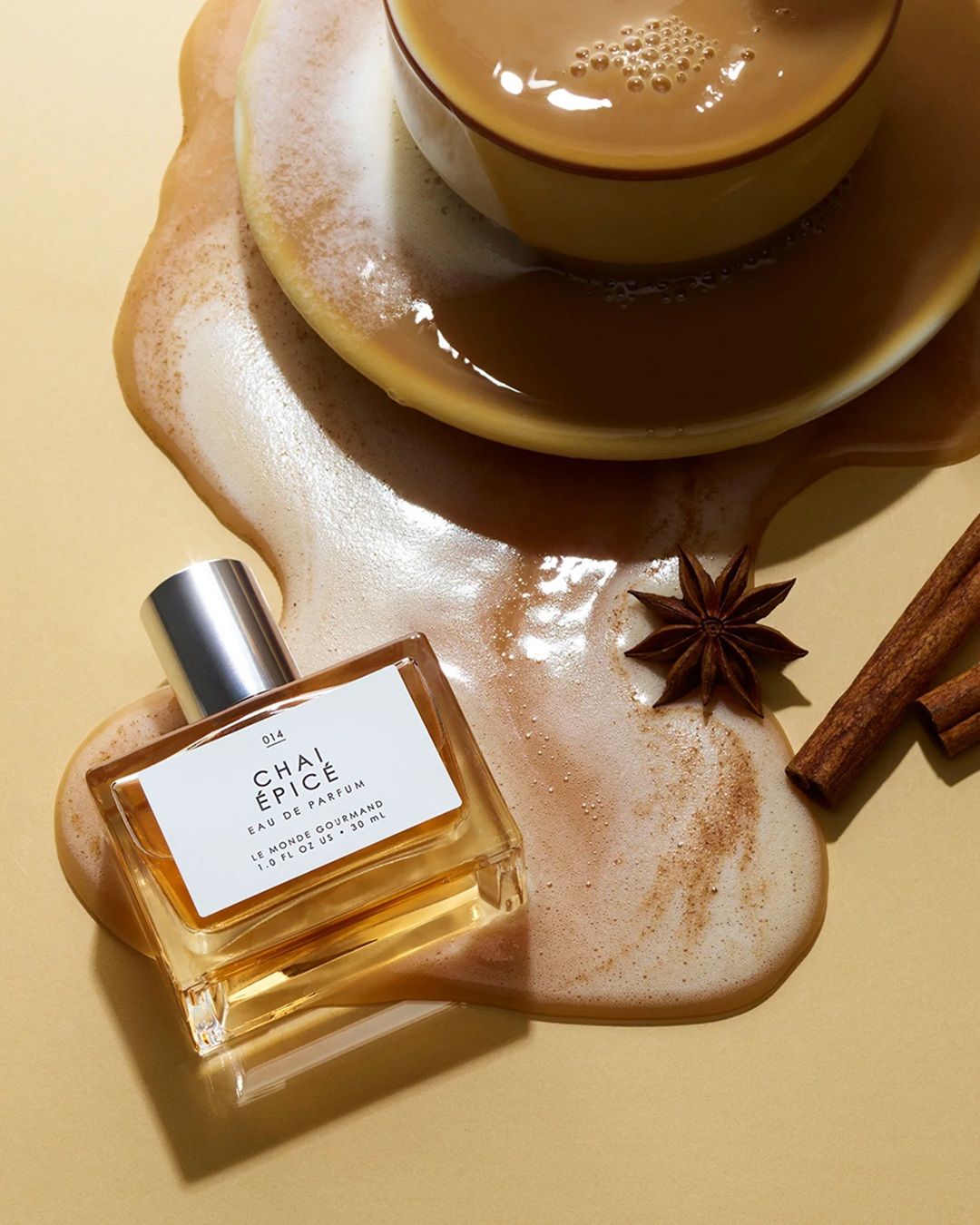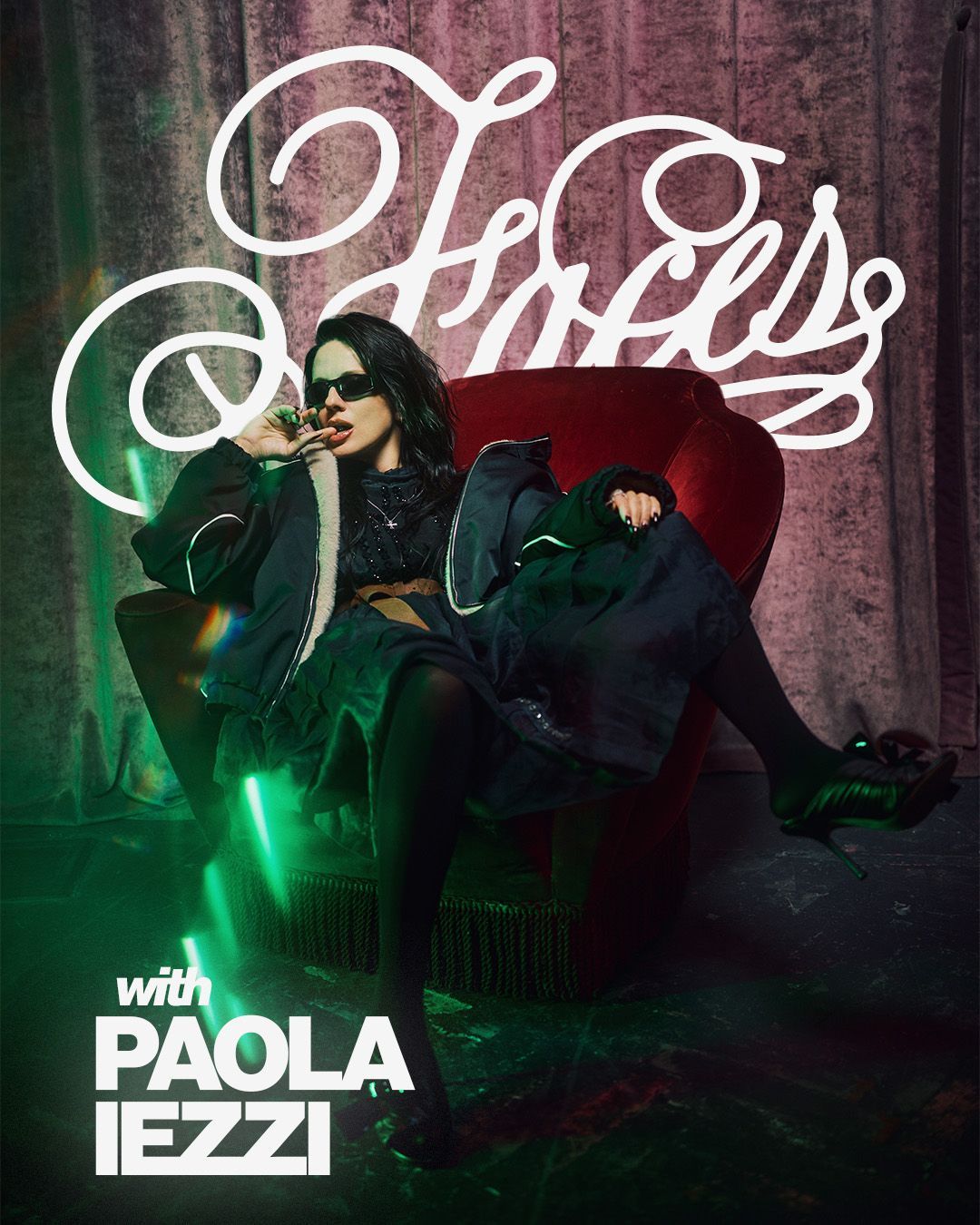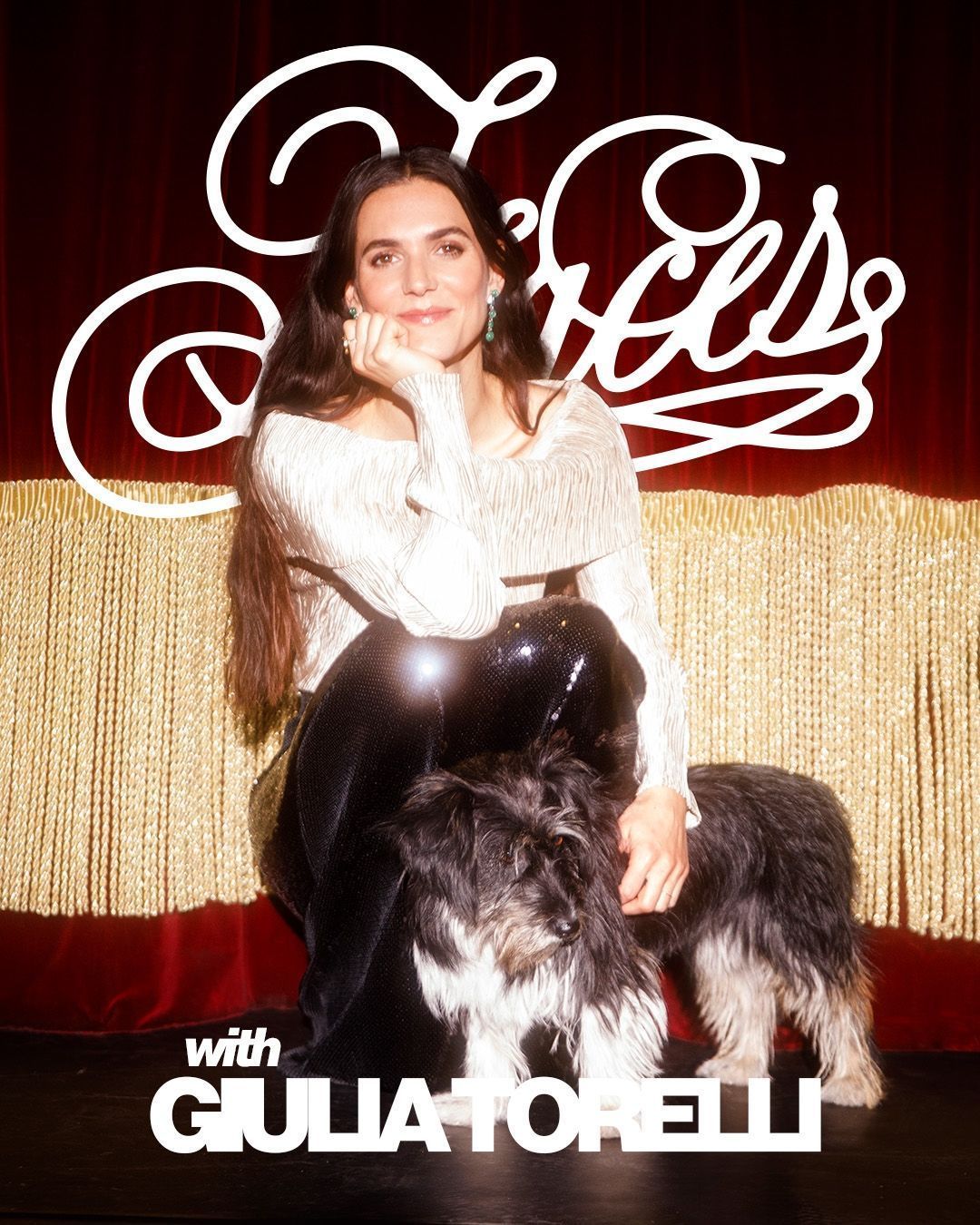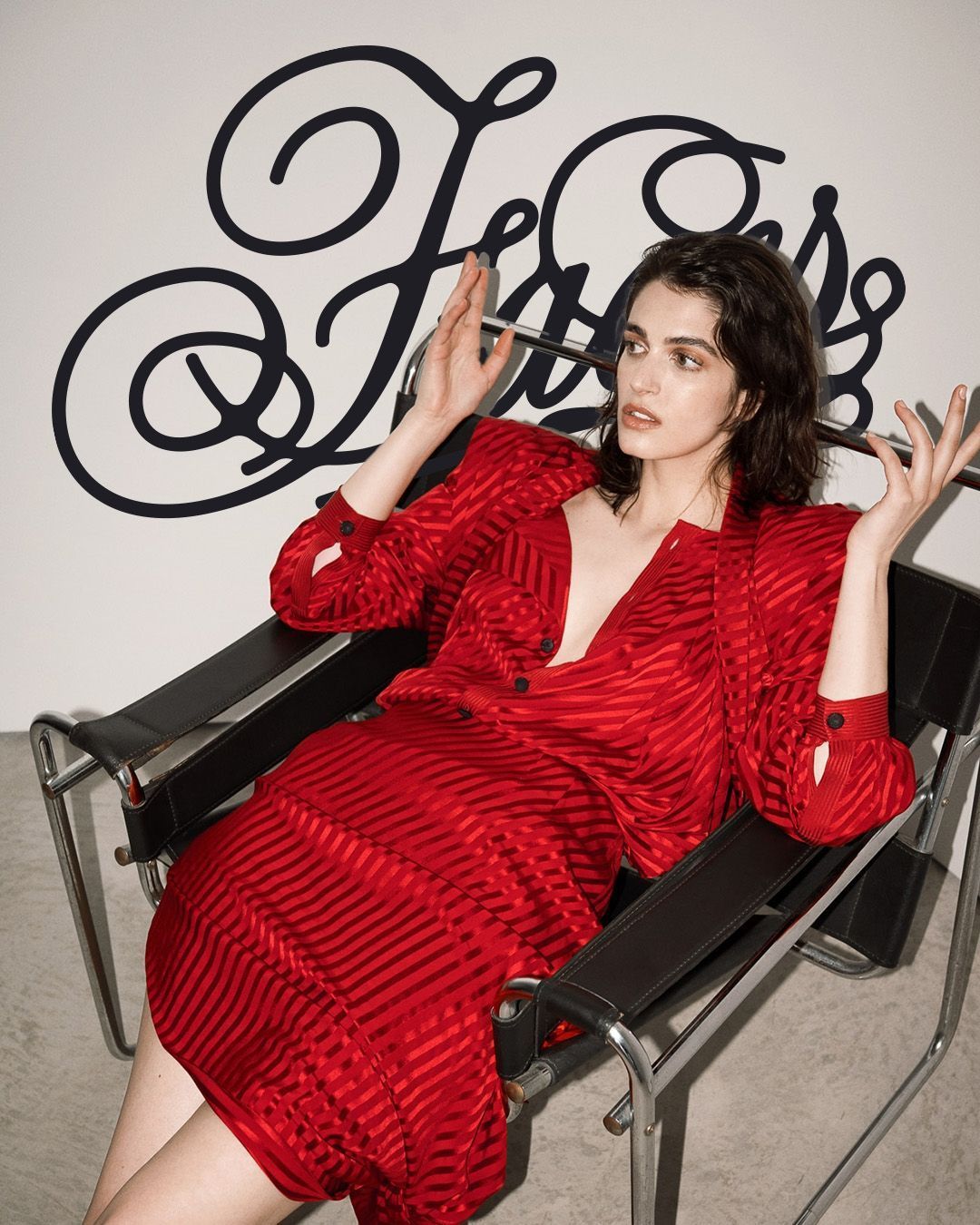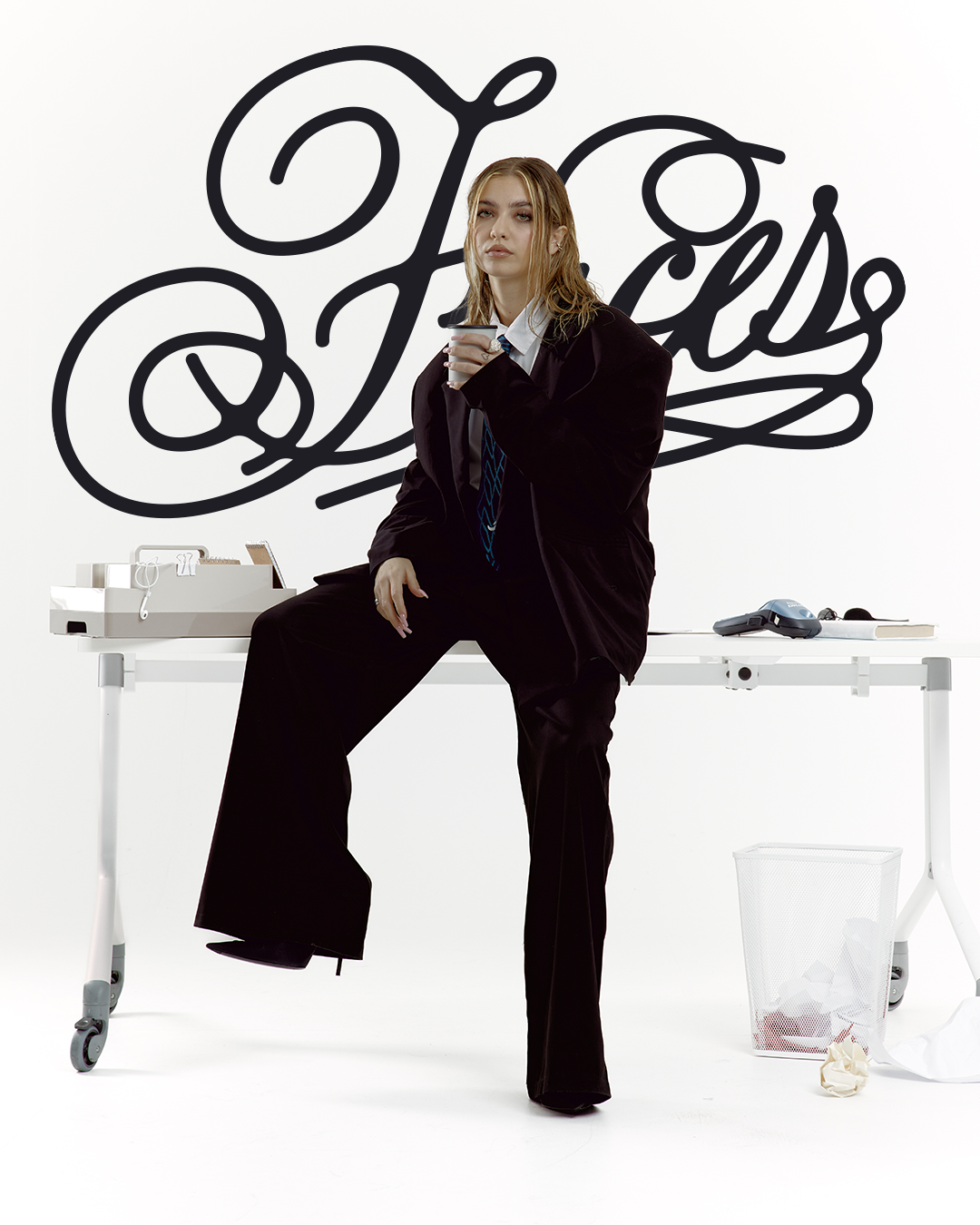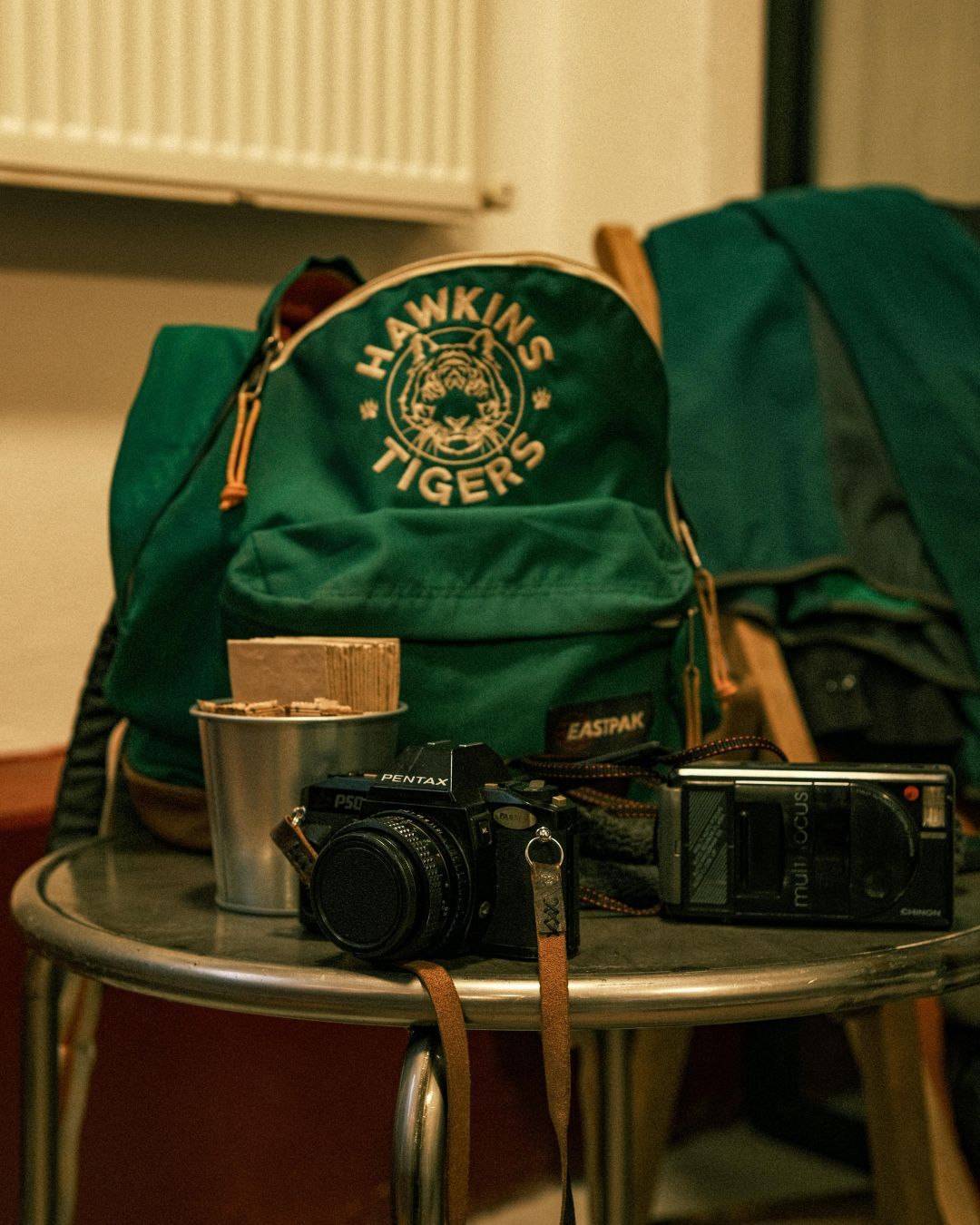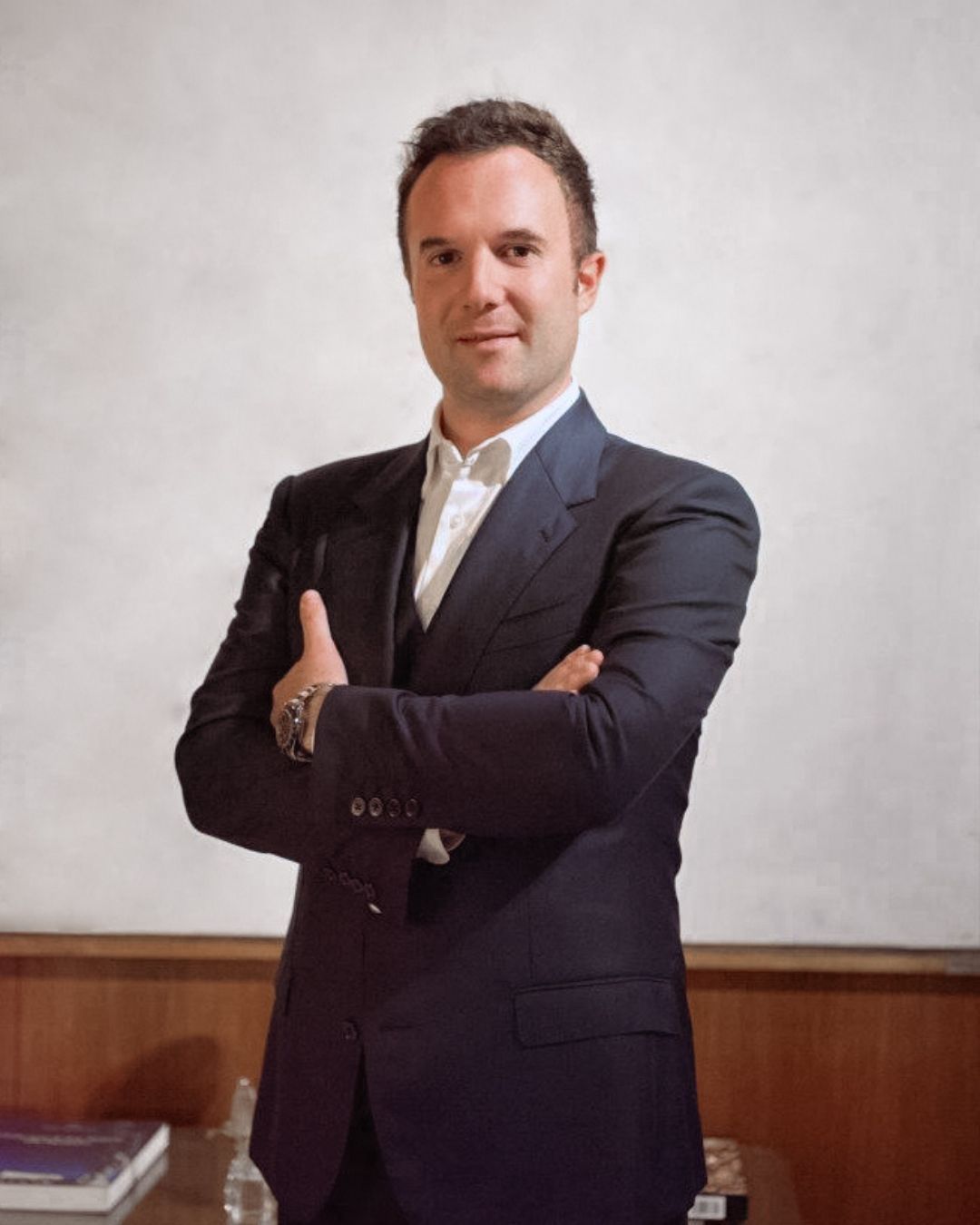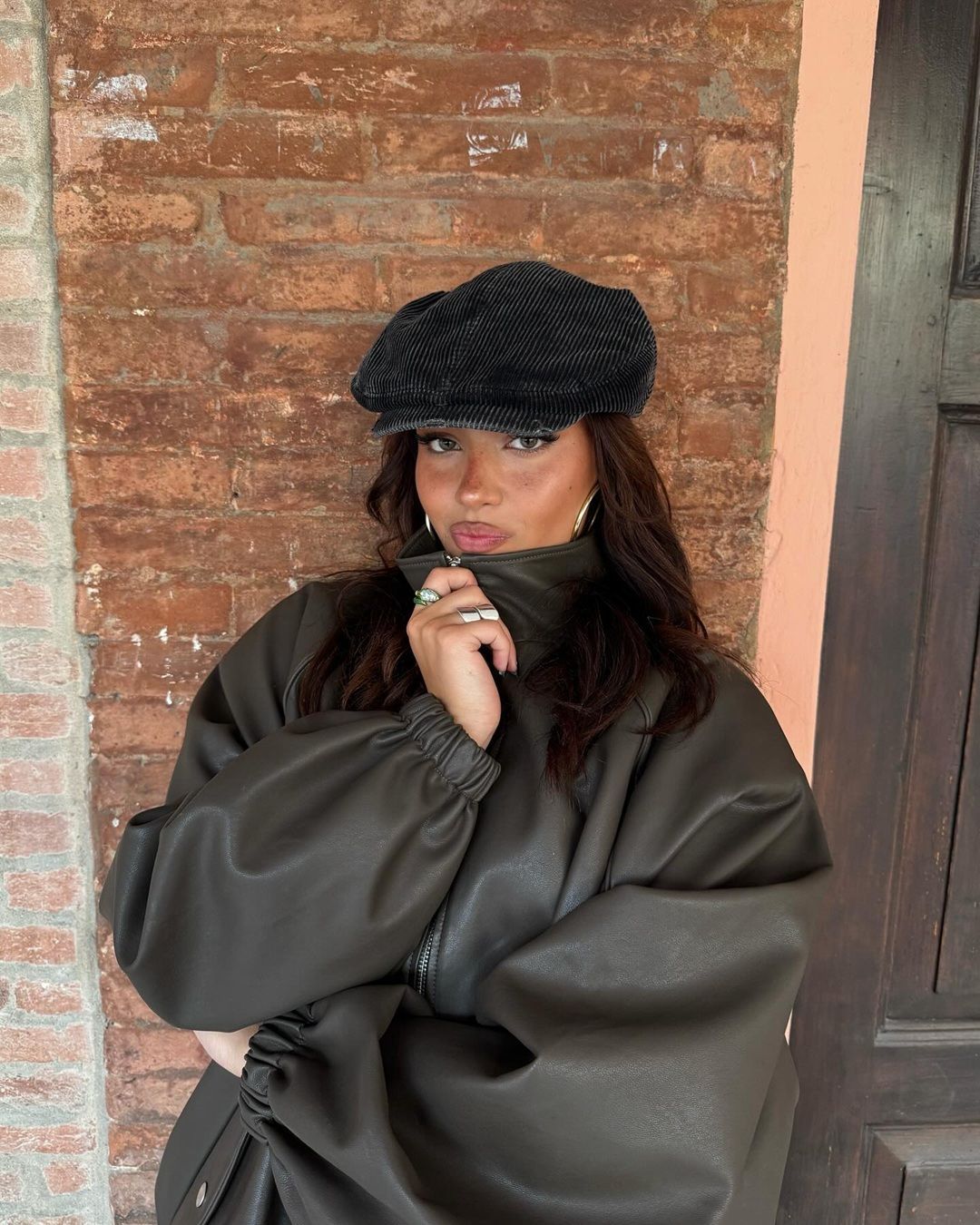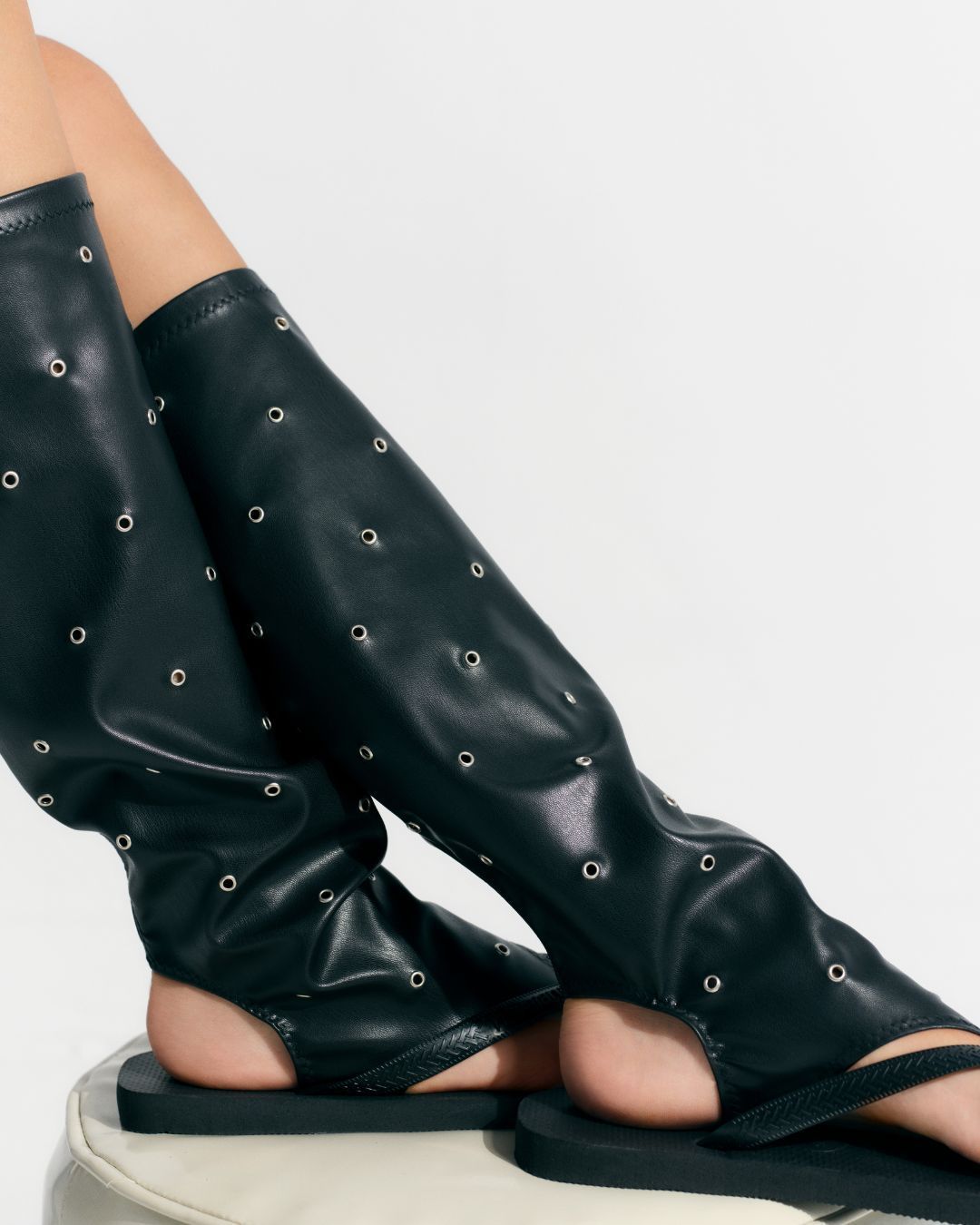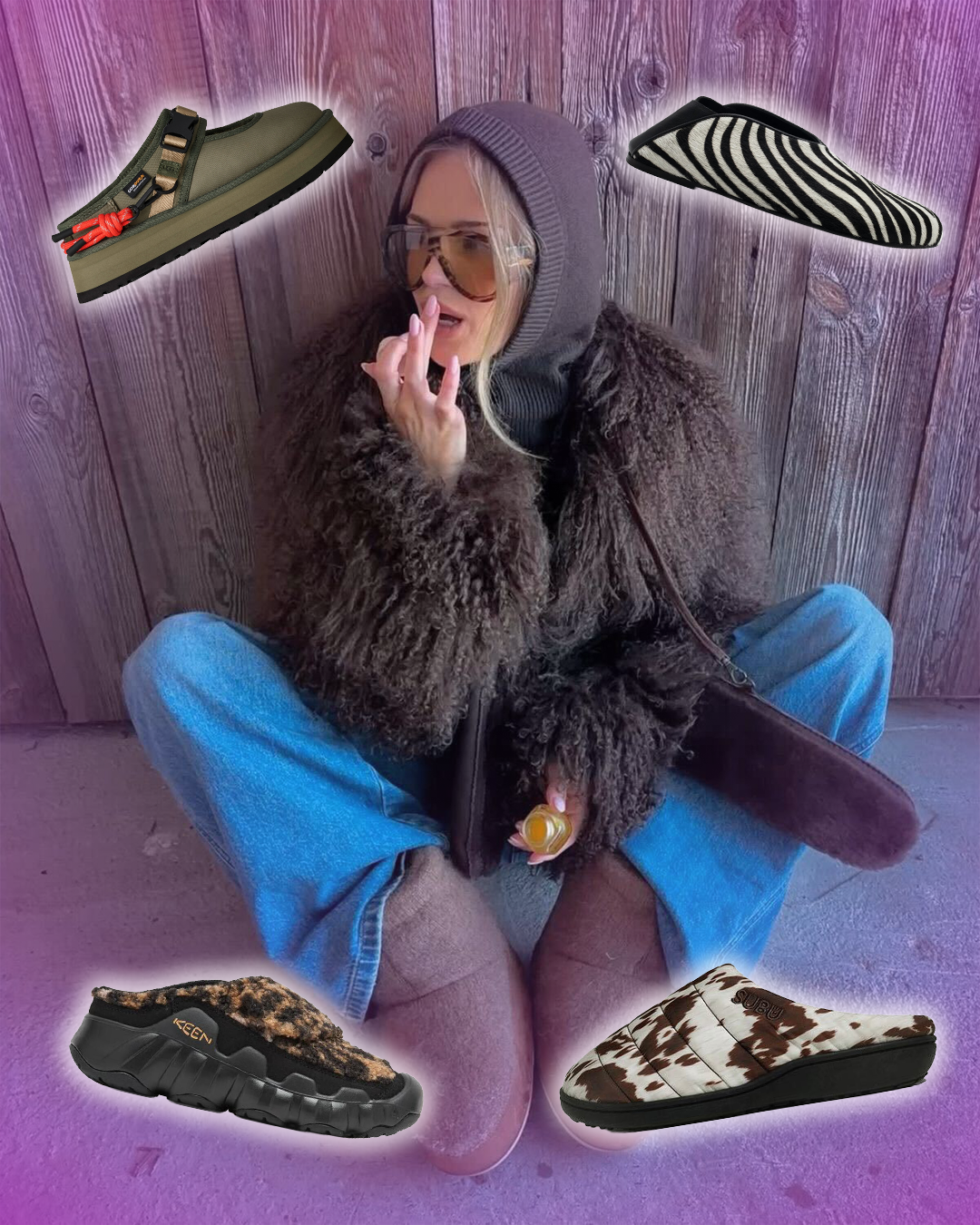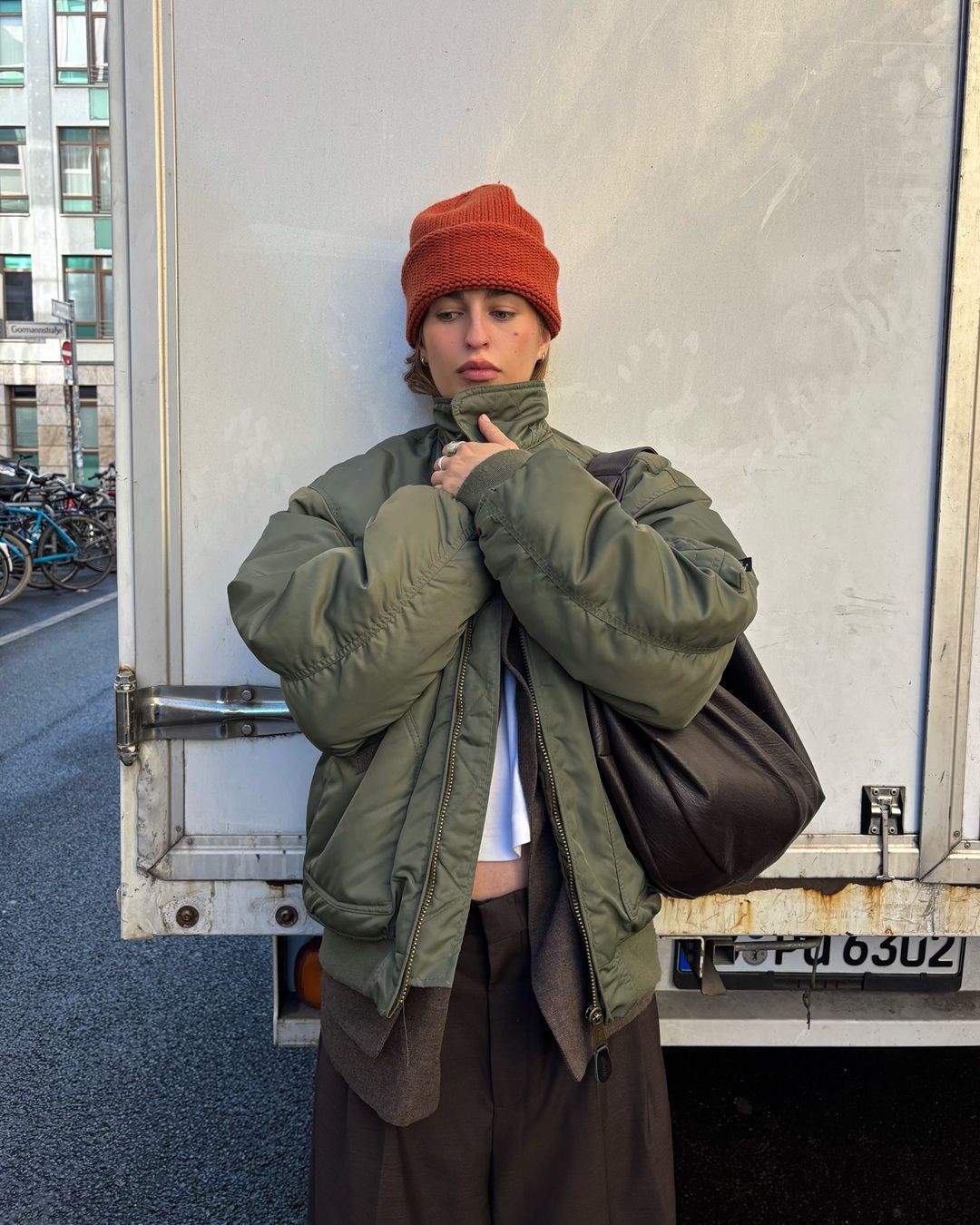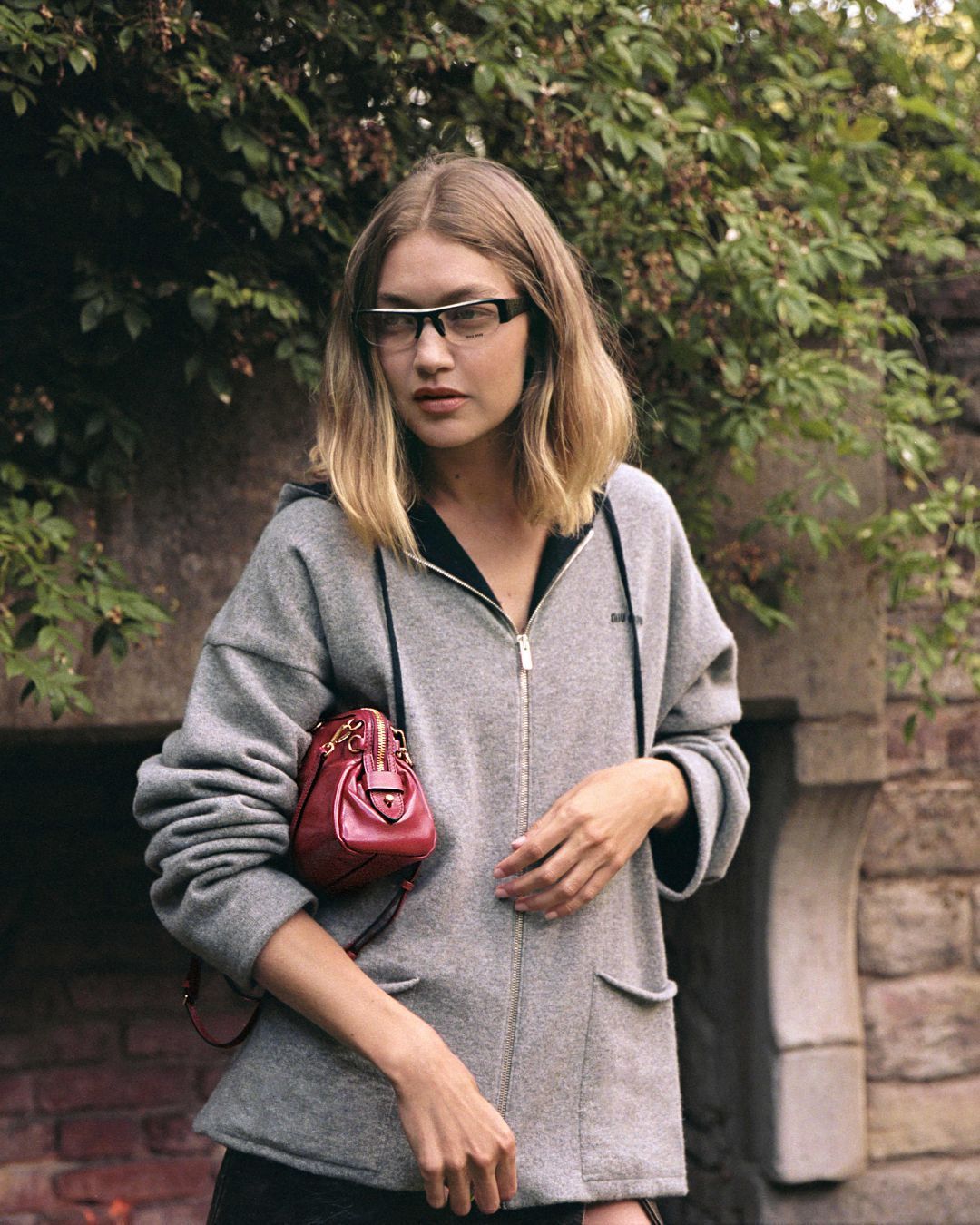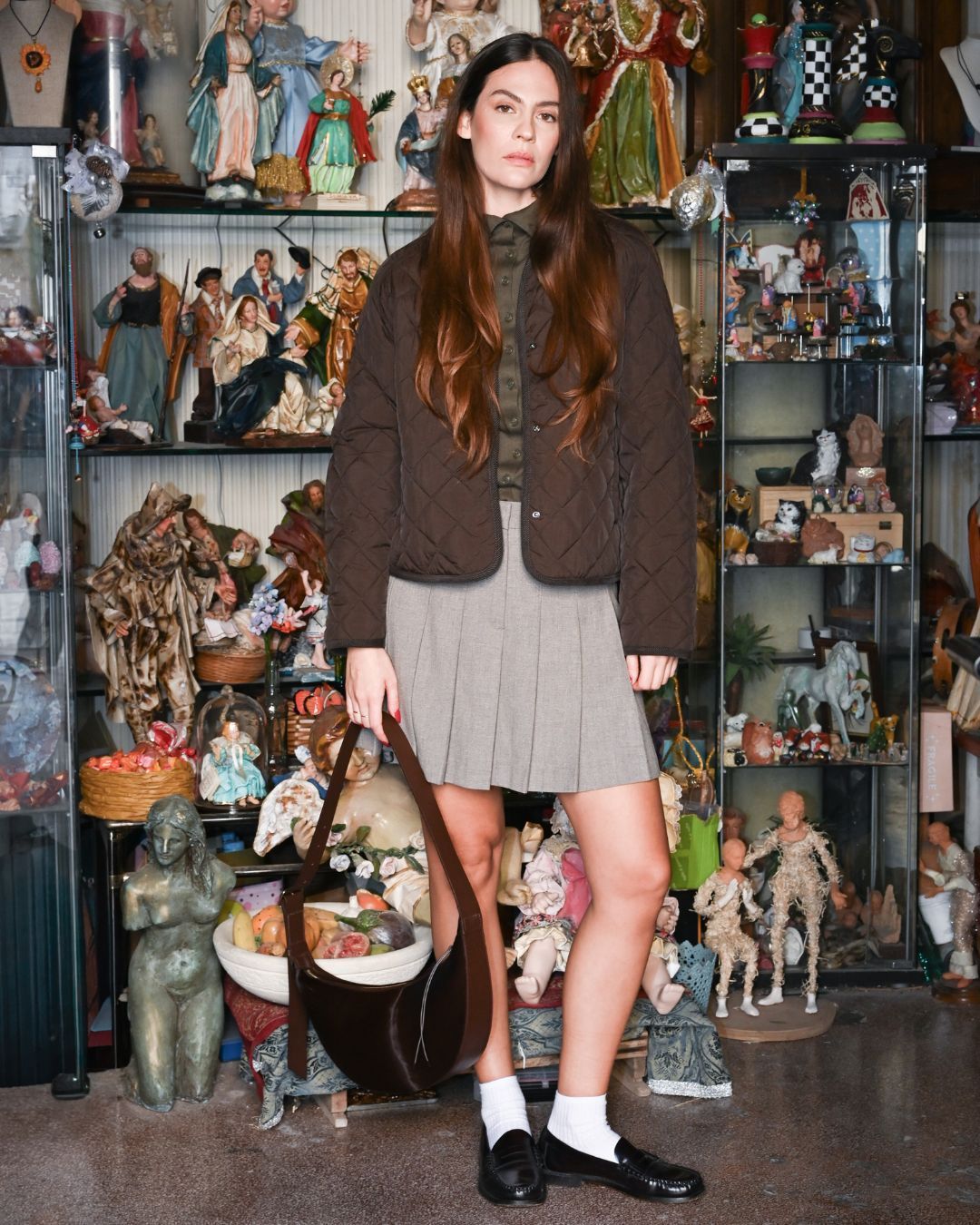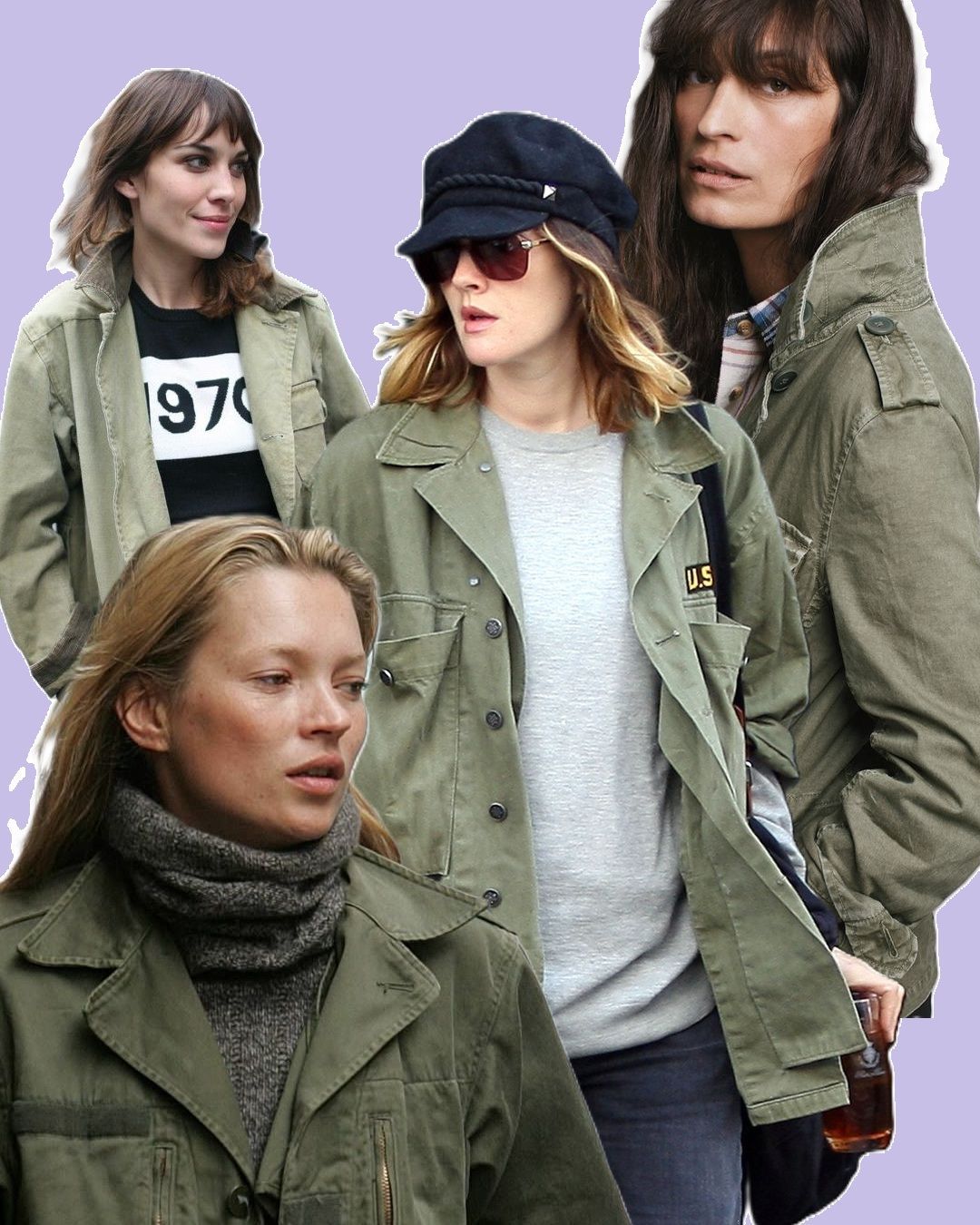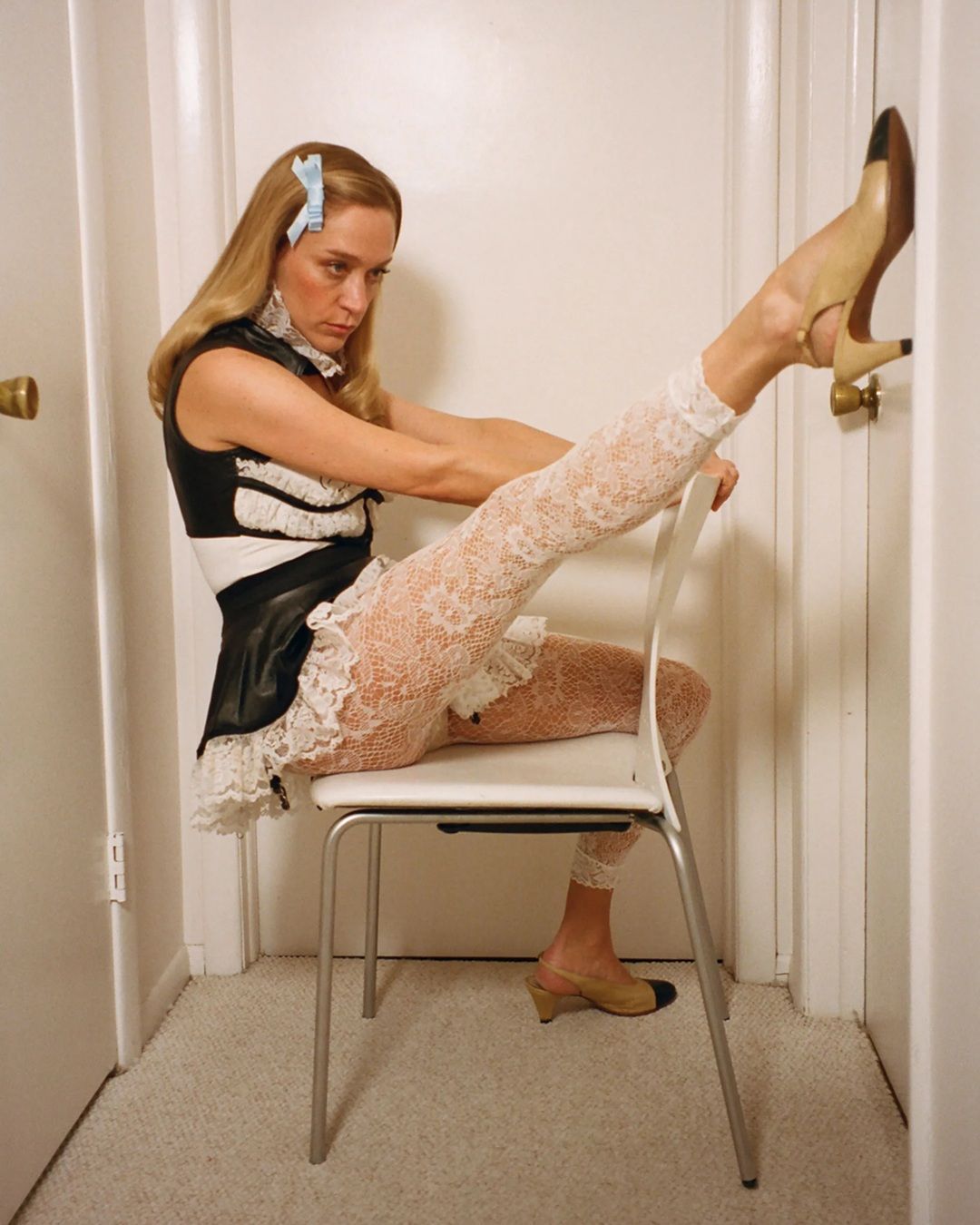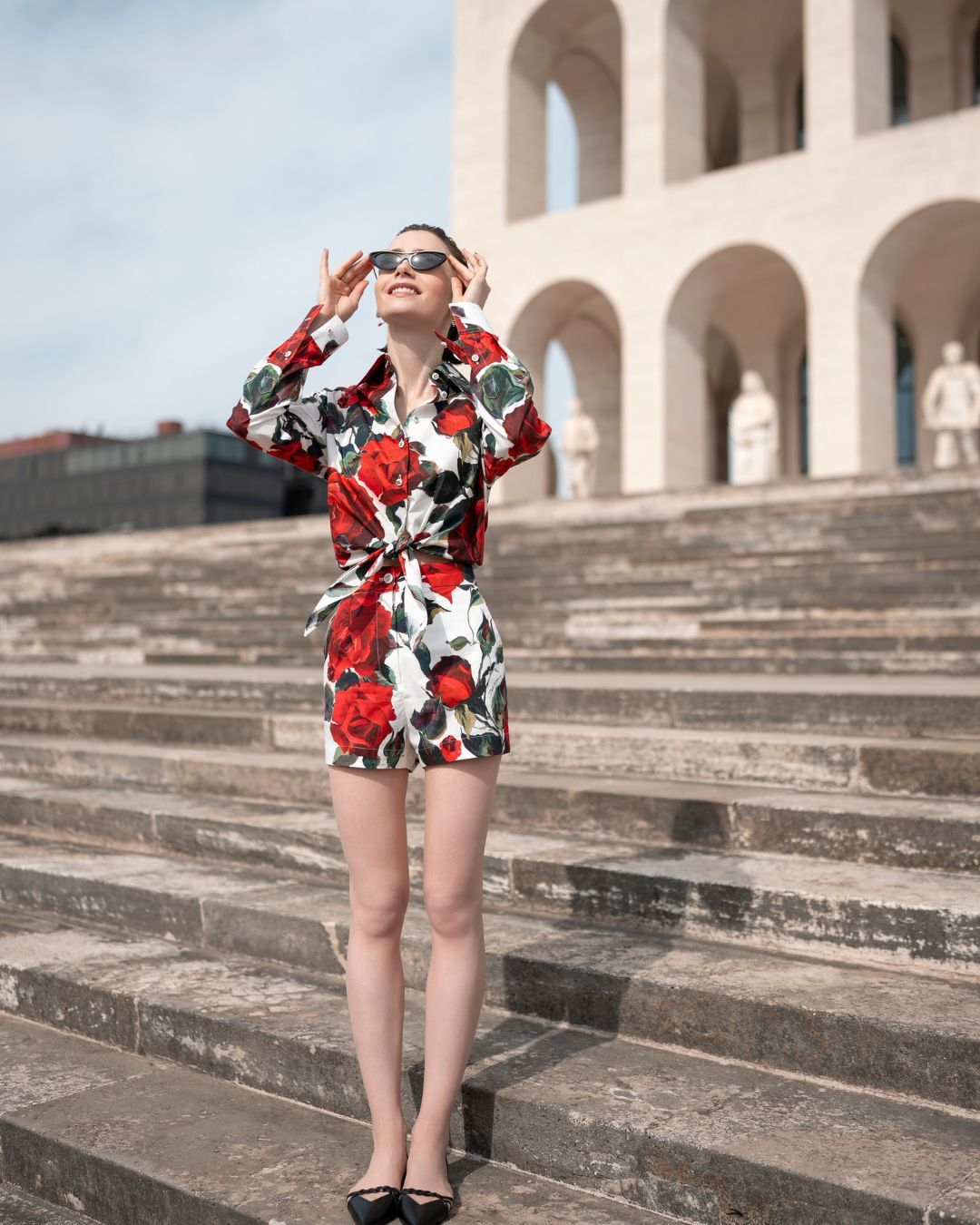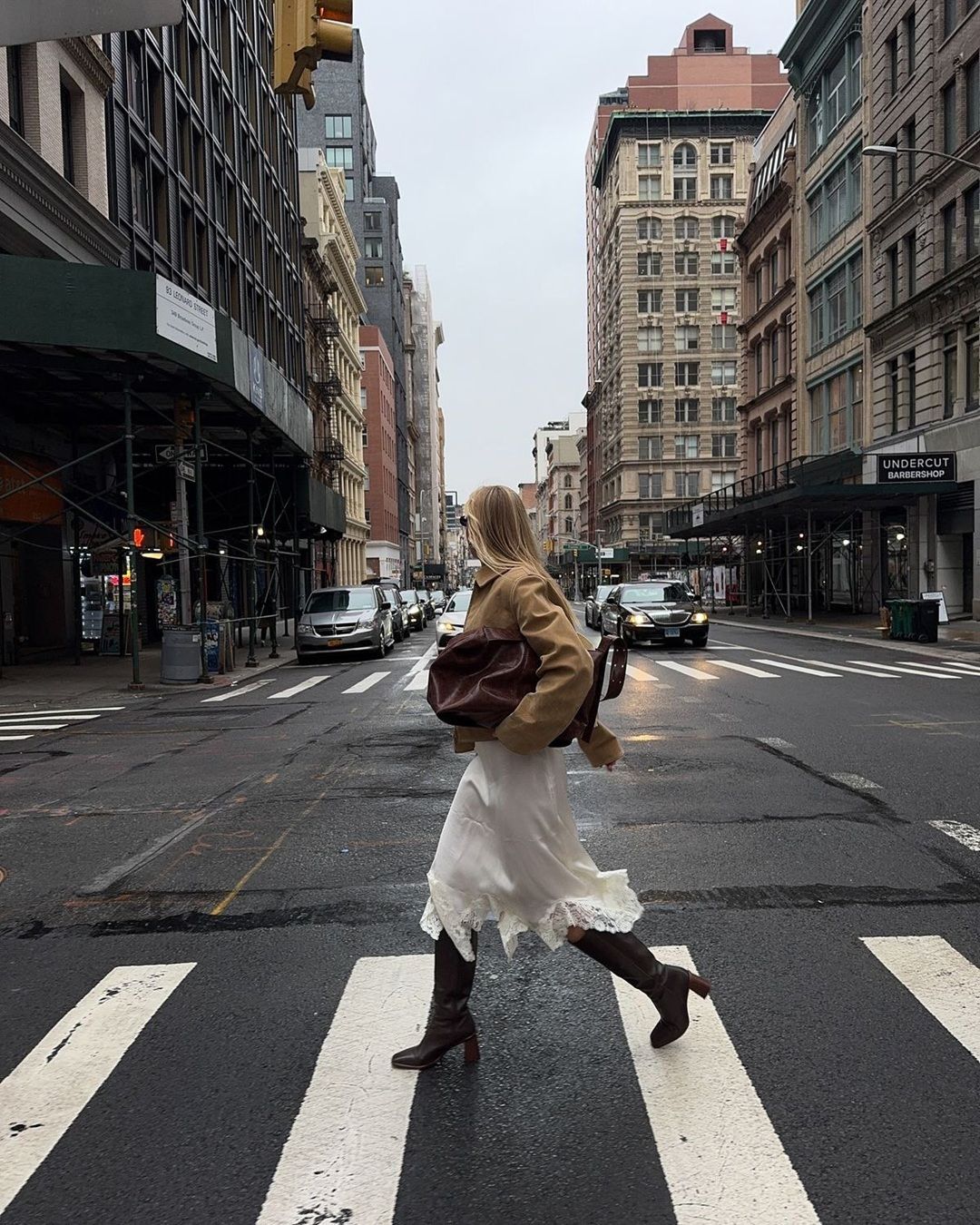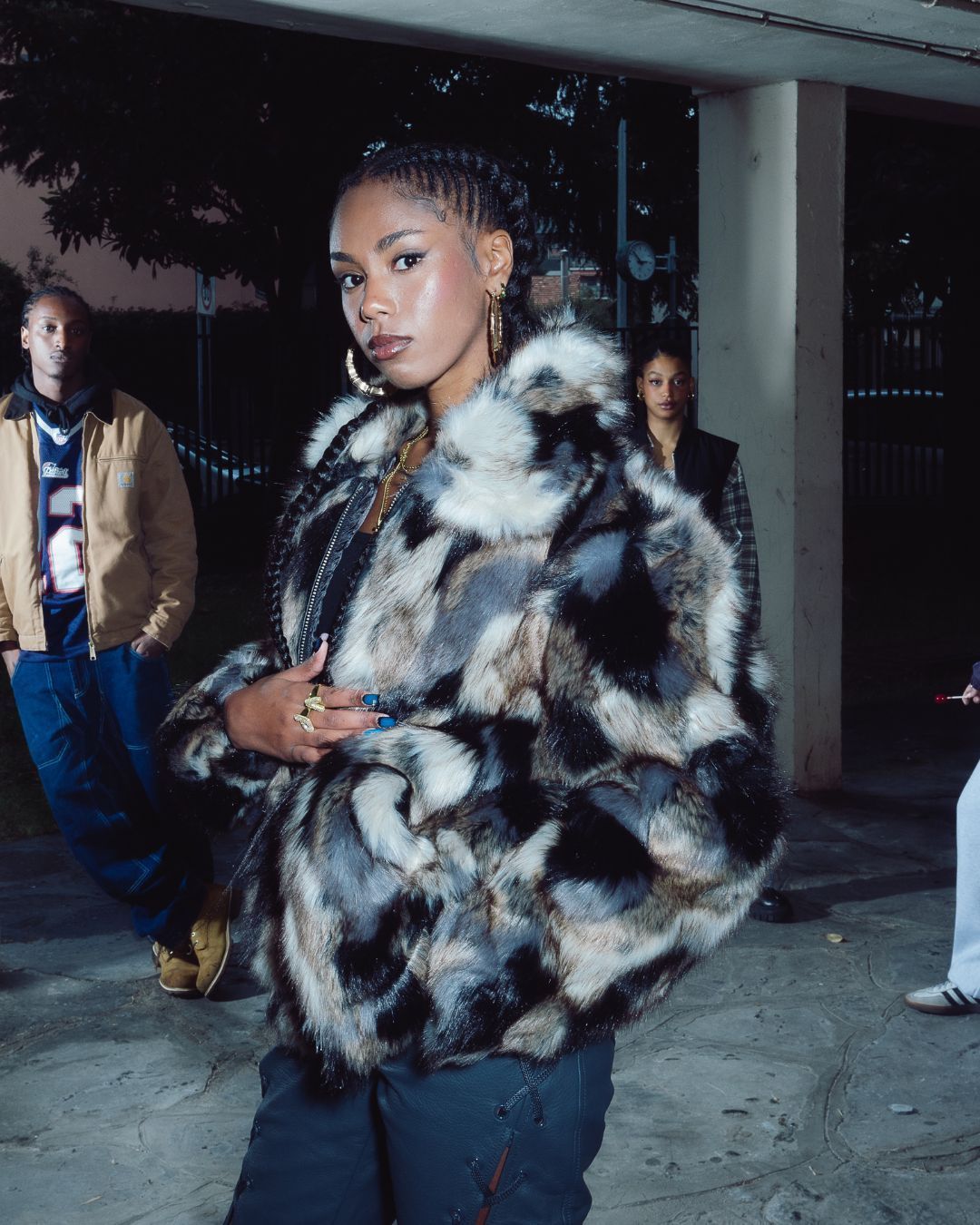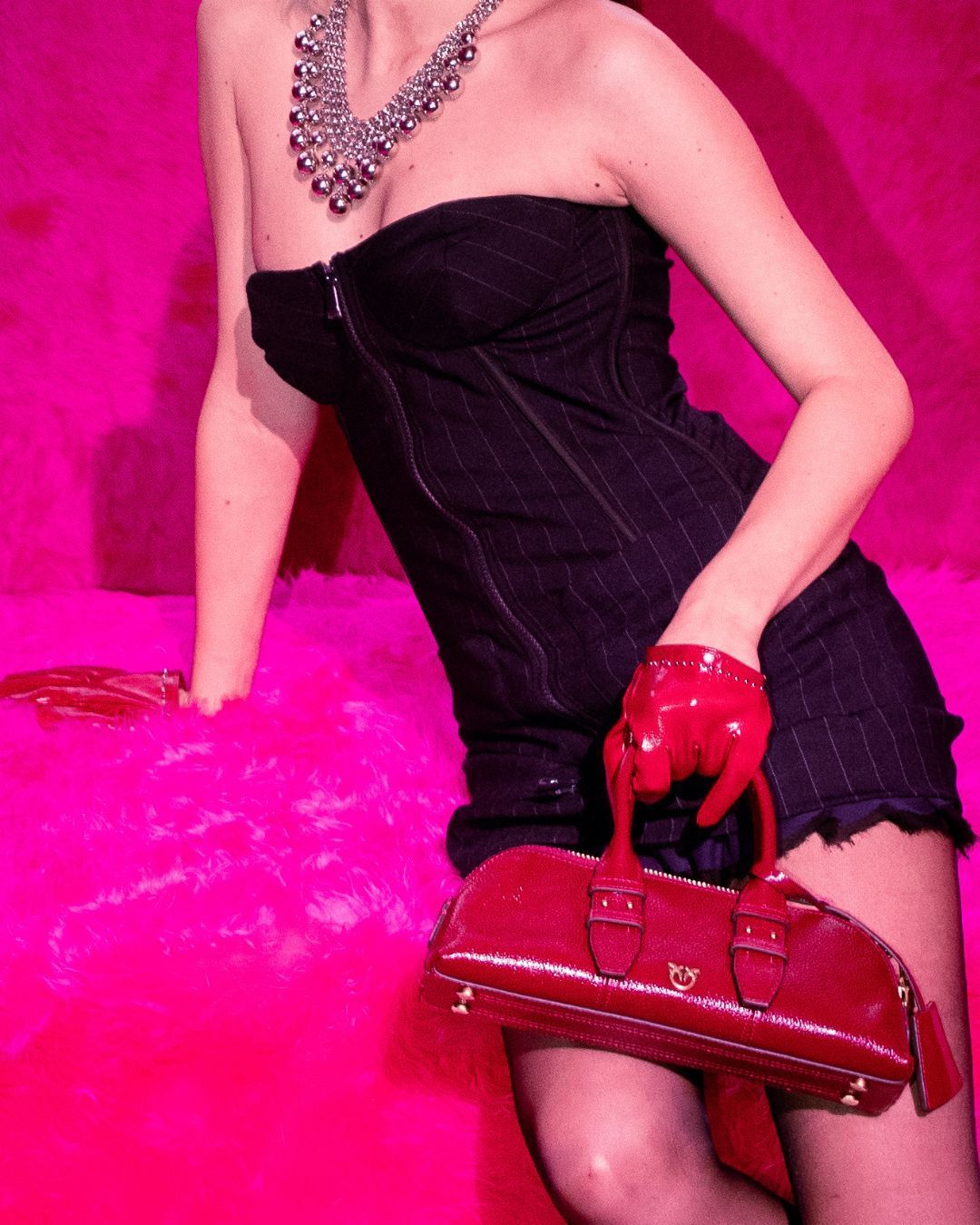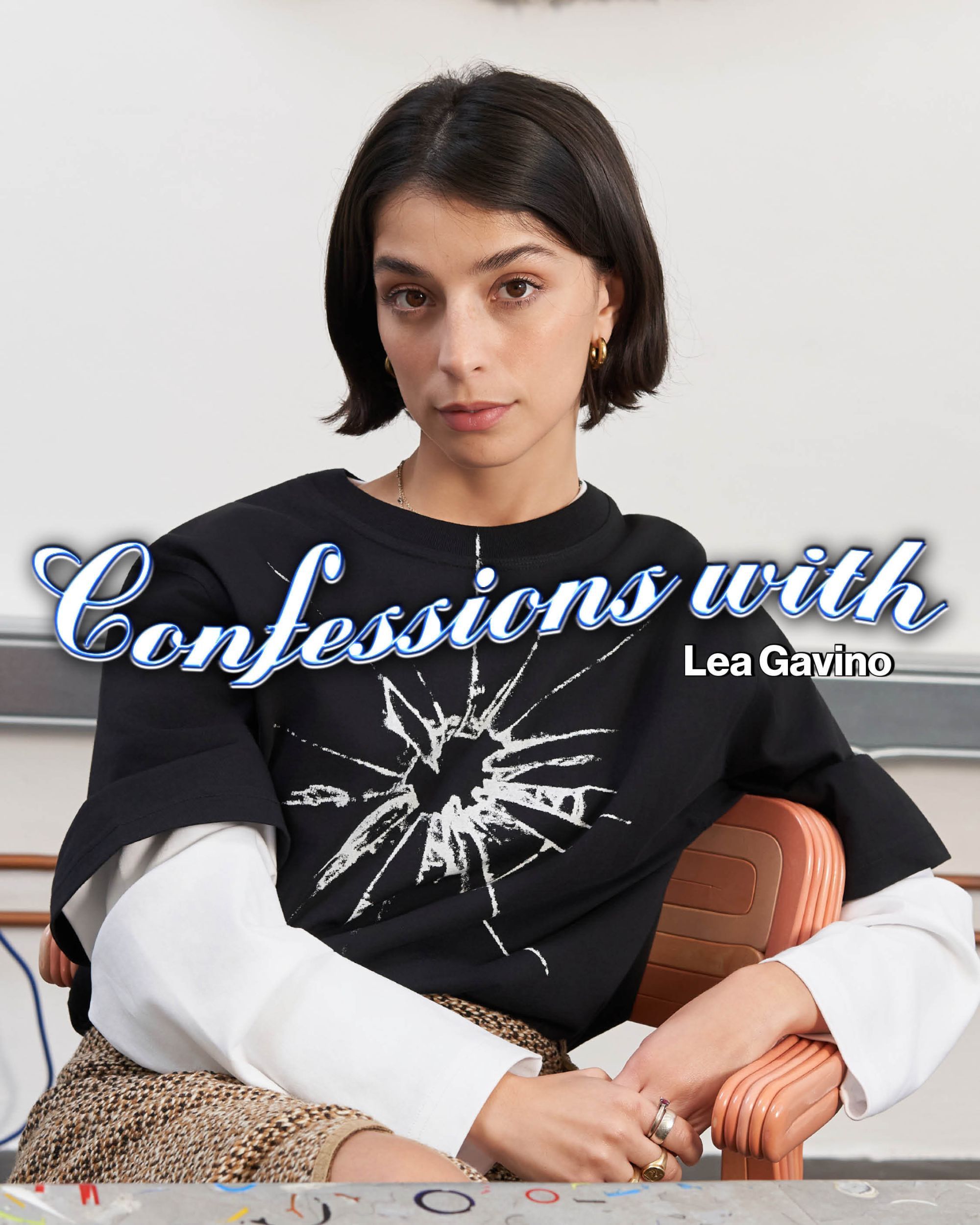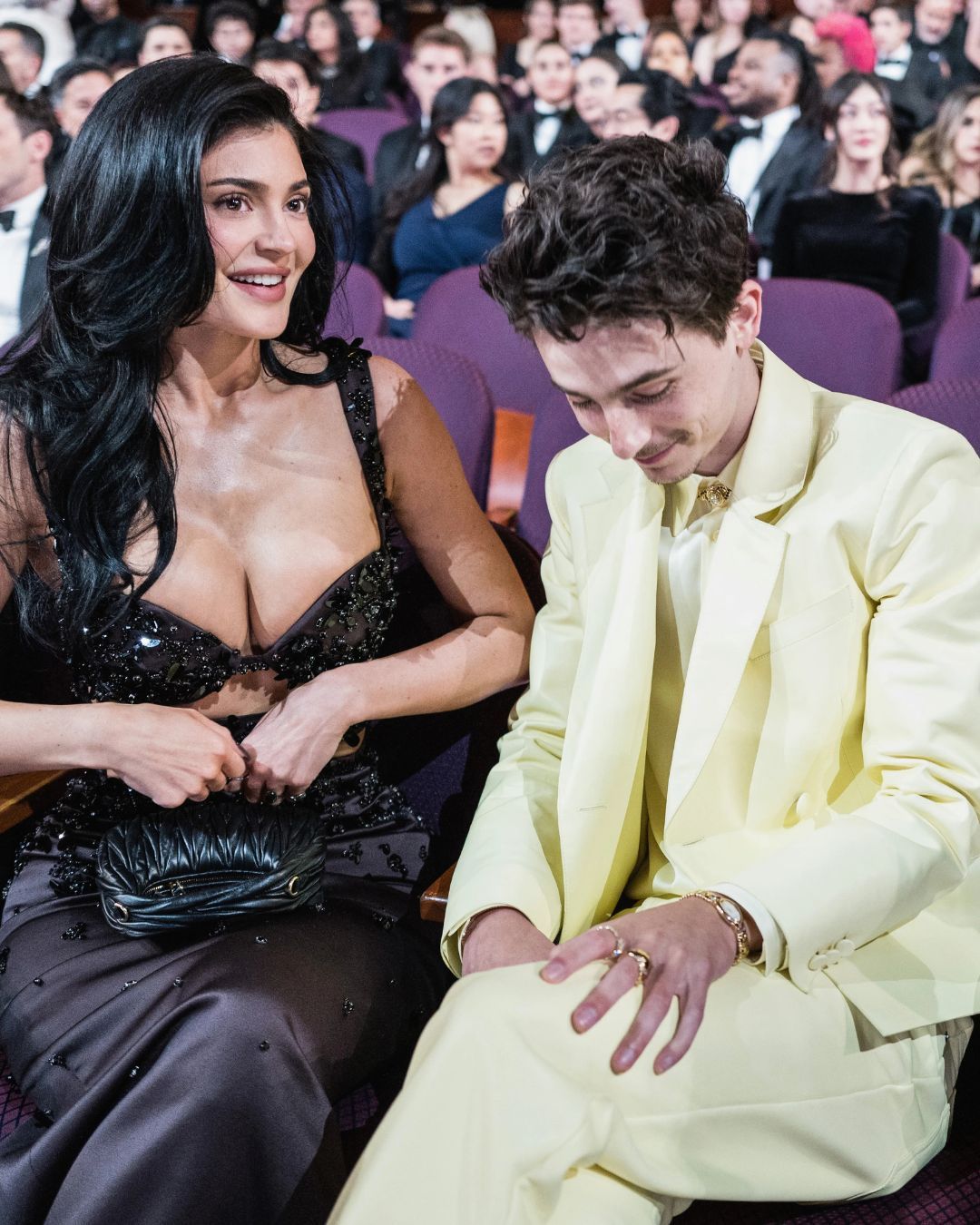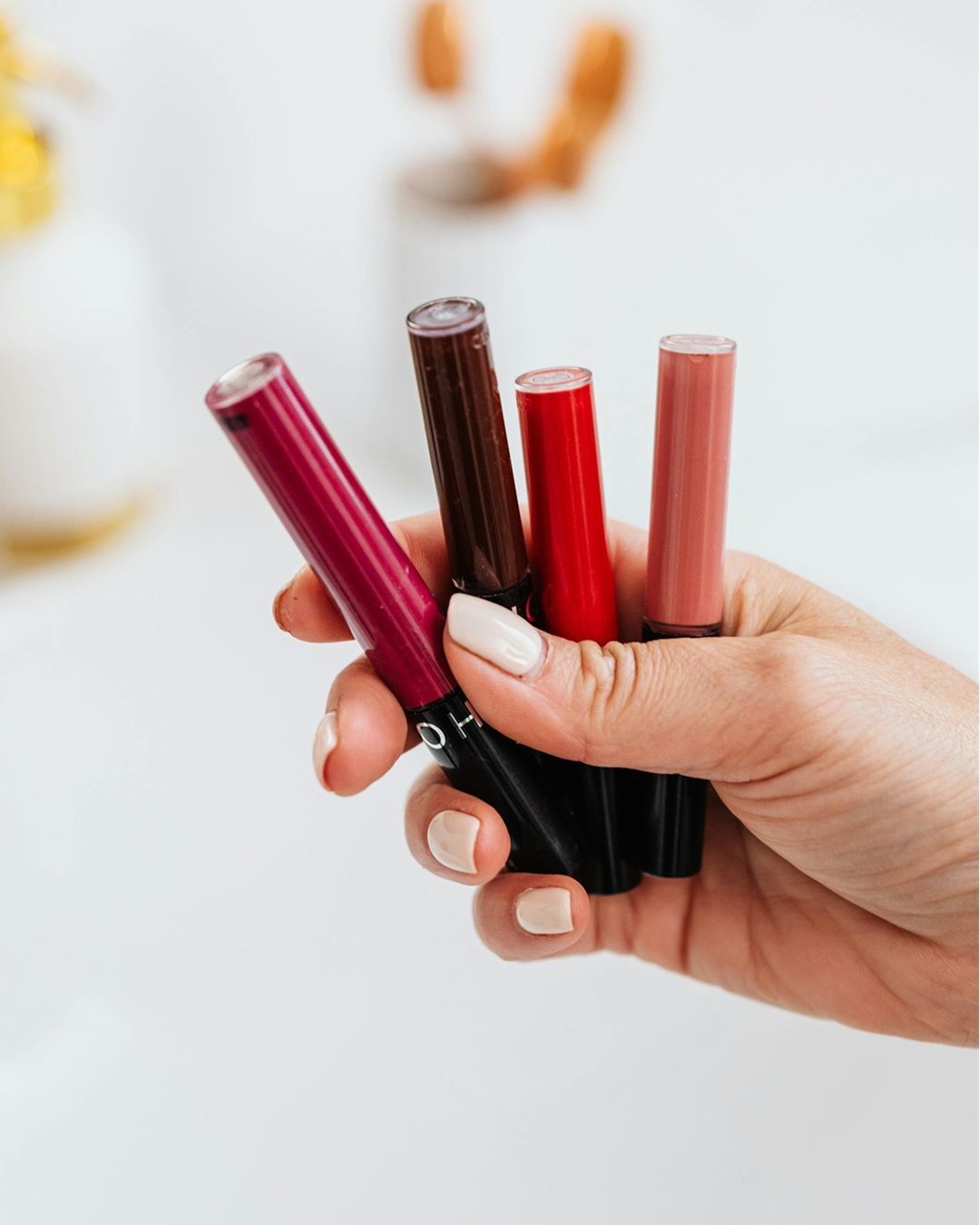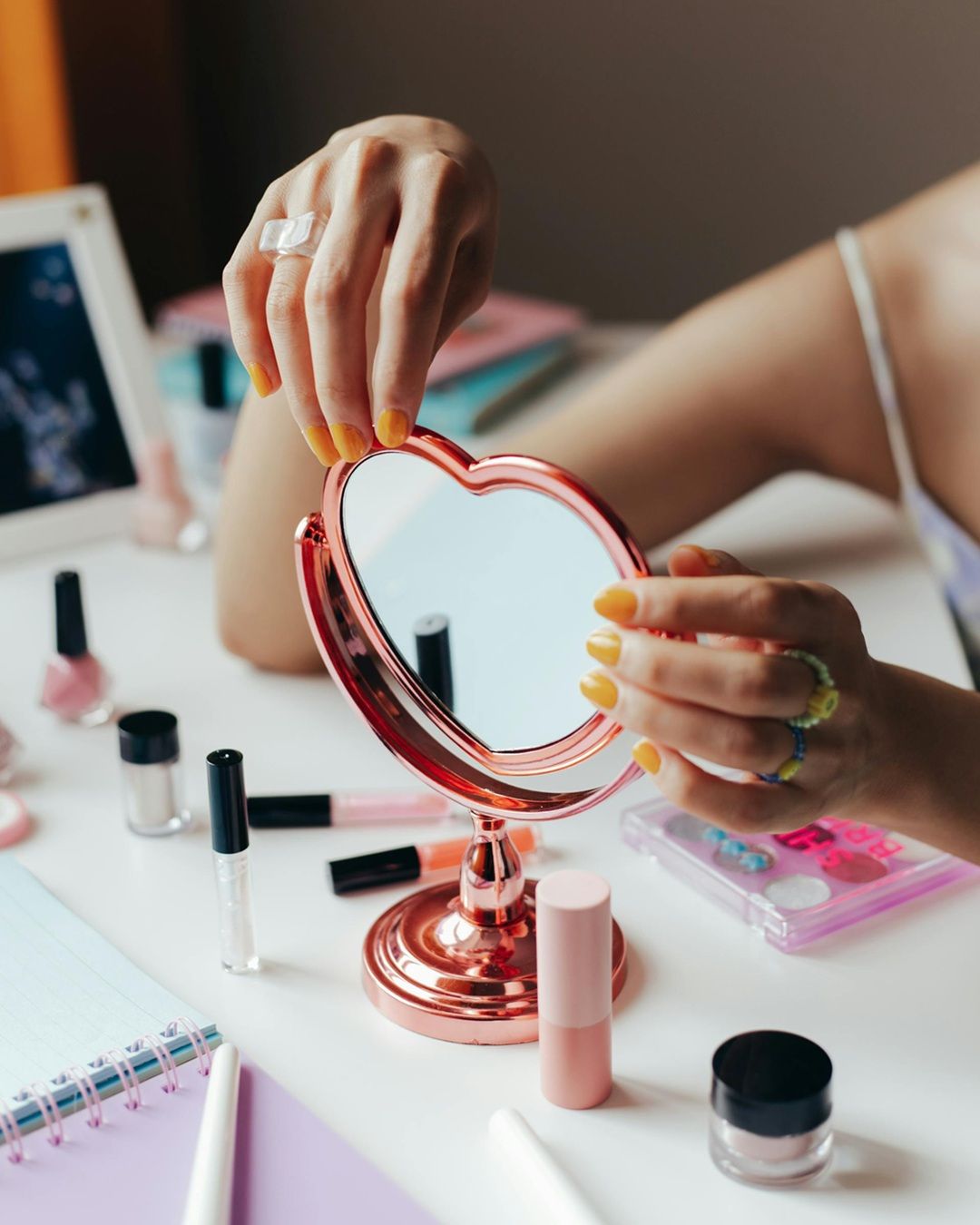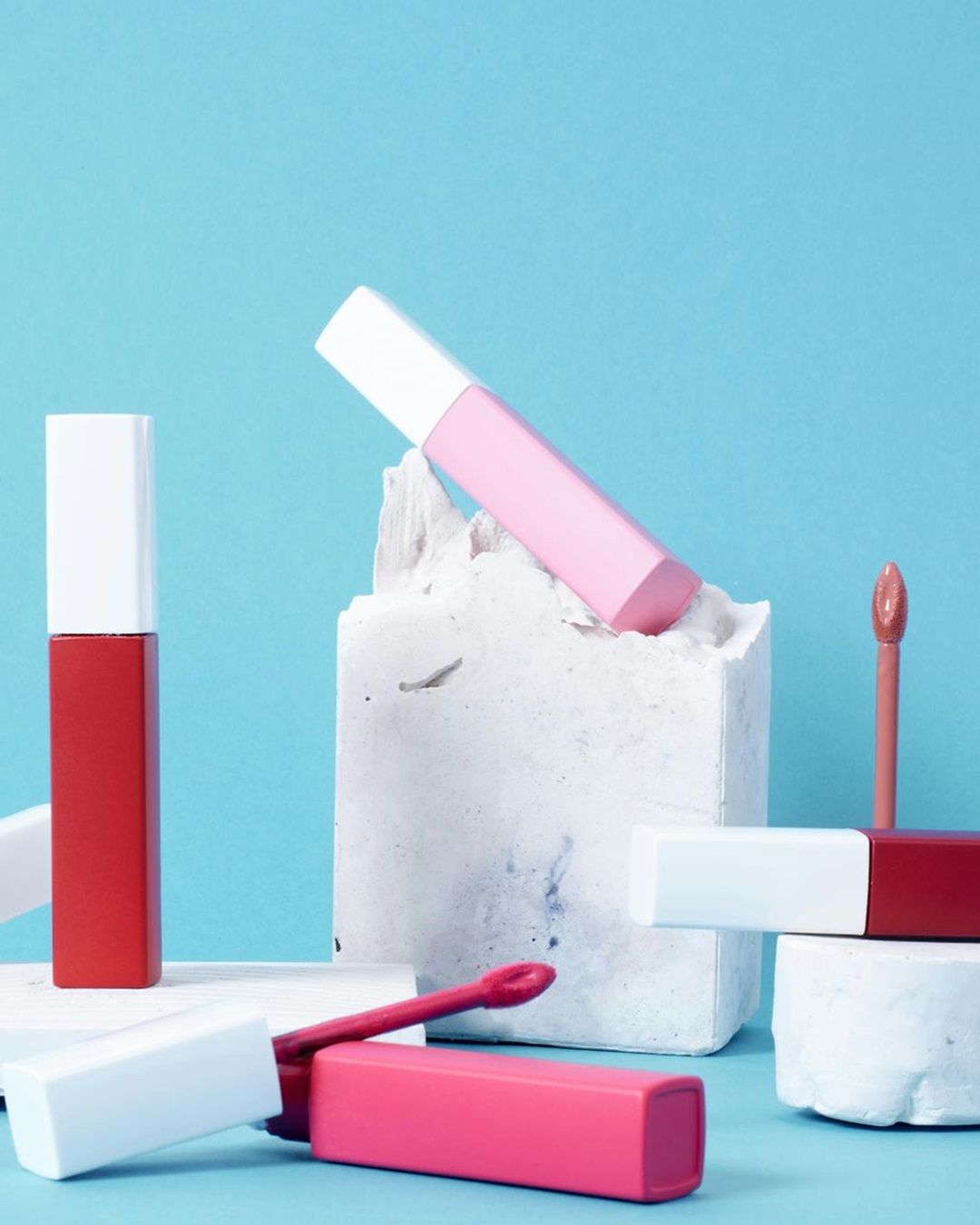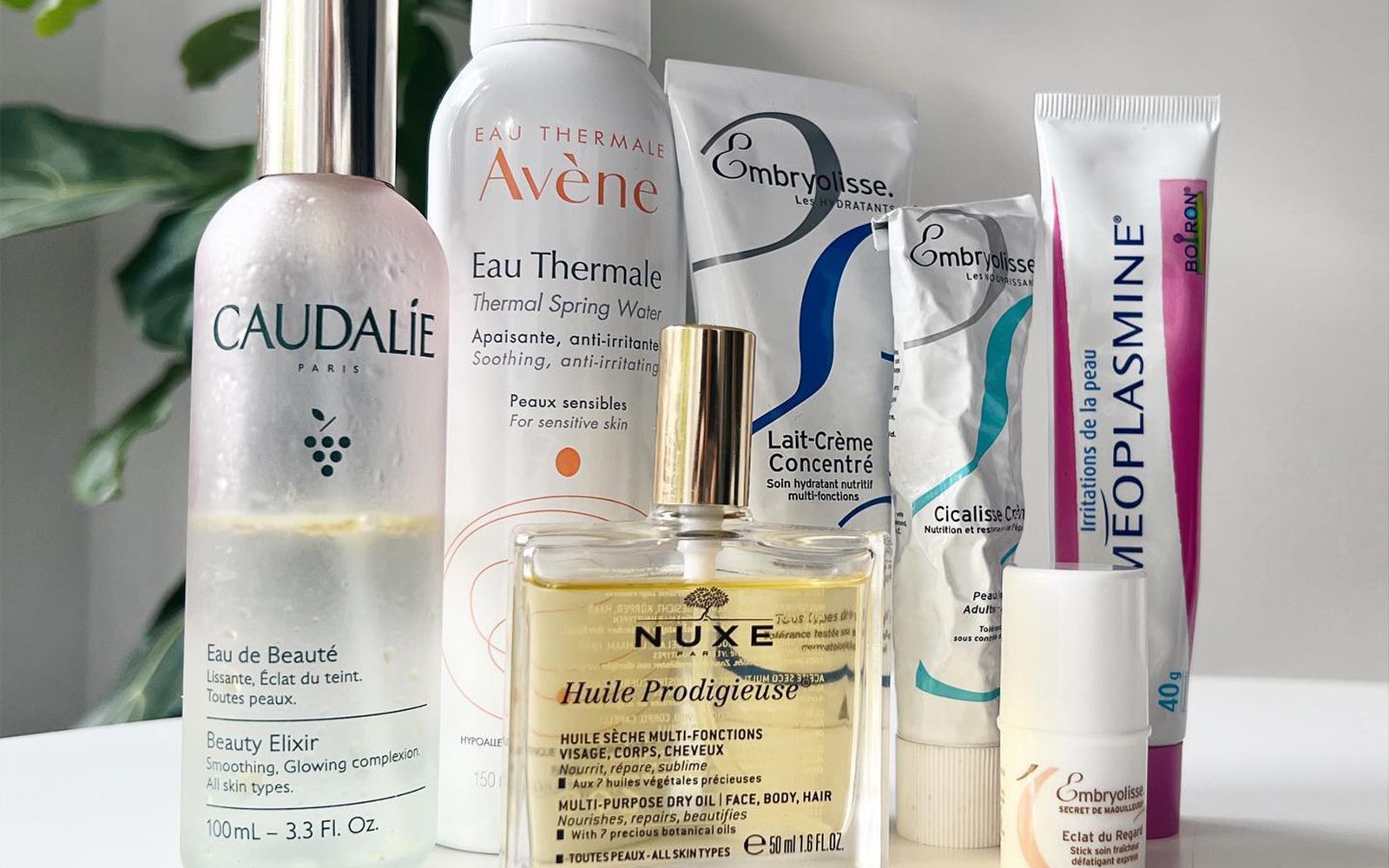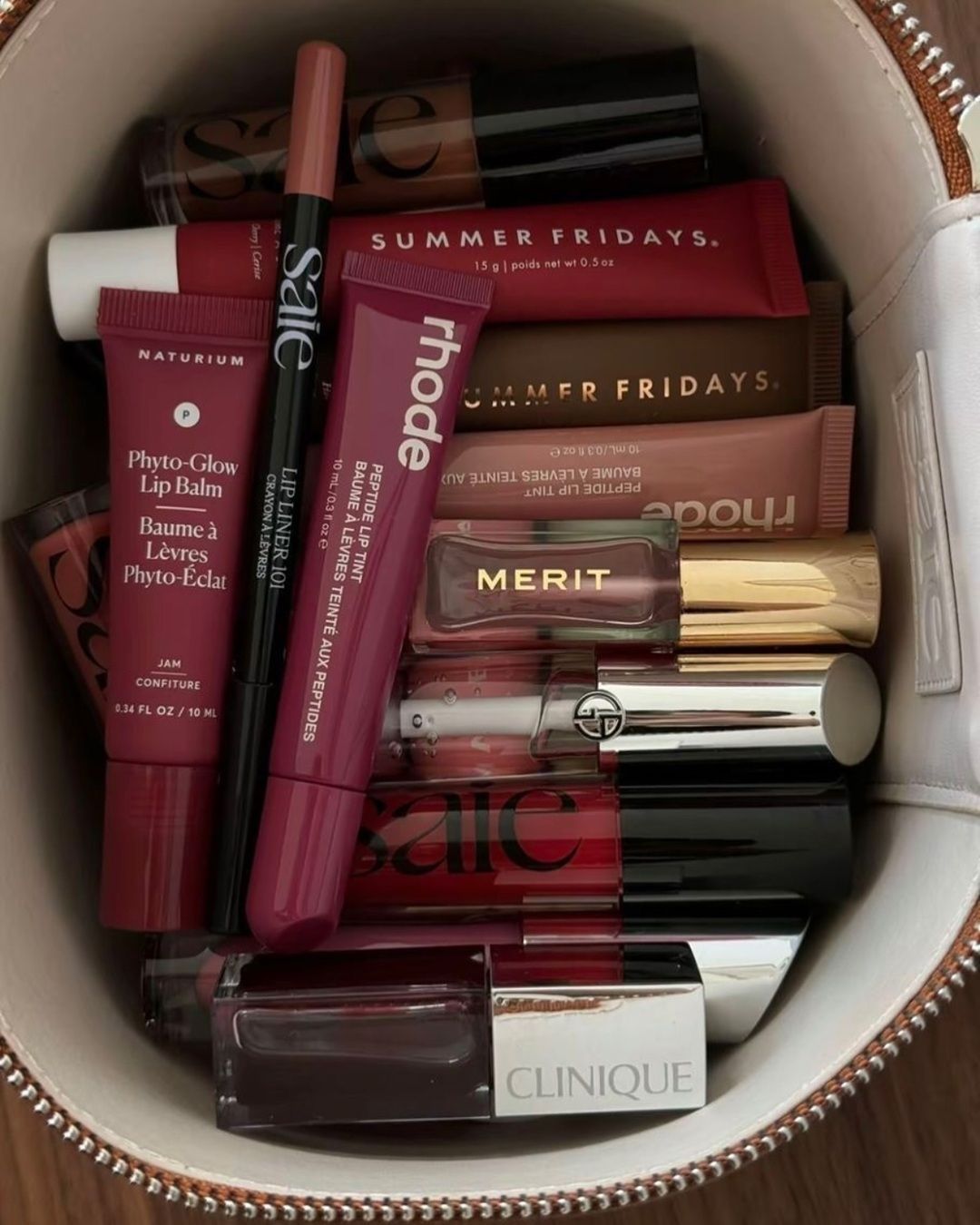
The paradox of beauty dupes: from cheap imitations to new status symbols Are copies becoming more expensive than the originals?
Once the best-kept secret of beauty addicts on a budget, dupes (short for “duplicates”) were affordable and easily accessible alternatives to iconic products. Sold at a fraction of the original price, they humbly lived on the fringes of the glamorous world of luxury beauty. Today, that cheap imitation has lifted its head, put on some make-up, and walked into boutiques dressed in elegant packaging and sporting a higher price tag. Welcome to the era of premium dupes—where imitation not only doesn't cost less, but often costs more. We’re no longer talking about “blatant copies,” but about strategically crafted products designed to evoke bestsellers—often created by the same parent company—aimed at capturing new demographic segments. And in doing so, they’re completely redefining what “value” means in the beauty industry. Some dupes are now matching or even exceeding the prices of the originals. It’s a paradox that not only upends traditional market logic but also forces us to rethink the entire concept of value in the beauty world. What may at first seem absurd is actually the result of a broader transformation in contemporary consumption. In a context where symbolic value, storytelling, and branding have become central, what we’re buying is not so much what’s inside the bottle, but the story that comes with it. And increasingly, that story is more seductive in the dupe than in the original.
The Lancôme and Urban Decay case
A textbook example is the recent launch of Lancôme’s Skin Idôle Serum Supertint. Unveiled with great fanfare—including a video featuring Emma Chamberlain—it quickly drew attention for its almost embarrassingly close resemblance to Urban Decay’s Face Bond Foundation. Similar packaging, similar formula, same claims ("second skin," radiance, comfort). But with one significant difference: the price. The Lancôme foundation costs $8 more. The irony? Both brands are owned by L'Oréal. This isn’t plagiarism—it’s a finely tuned strategy. The white, minimalist cap on Lancôme’s product strips away the playful, youthful vibe of Urban Decay’s “My Little Pony” lilac cap. The target shifts: from trend-following Gen Z to financially stable, style-savvy Gen X women over 45 who want elegance, not irony. It's the same formula, with different messaging. And it costs more—because refinement has a price.
@barefacedmedia ‘Copycatting’ like this is likely going to become a become a lot more common! #urbandecay #lancome #loreal #beautybusiness #beautyindustry #trendingbeauty #newinbeauty original sound - Barefaced
The new glamour: high-end dupes
This dynamic is playing out in many other launches. Estée Lauder’s Melt-On Glossit, for example, clearly echoes Tarte’s viral Maracuja Juicy Lip Balm: same glossy effect, same smooth application. But with more mature packaging and a higher-end price tag. The message is subtle but powerful: “Love that viral formula? We’re offering it to you—grown-up version.” It’s not just about formulas or marketing: it’s a paradigm shift. Major companies are colonizing the visual and sensory language of viral brands, refining and elevating it, then reselling it to an audience willing to pay more to stay out of the noise. In this sense, the dupe is no longer a shadow of the original, but a clever reincarnation under the guise of aspirational quiet luxury. Brands like E.l.f., Revolution Beauty, or MCoBeauty are no longer content to live in the shadows of beauty giants. Instead of blending in, they’ve taken the opposite approach: embracing their “alternative” identity, building strong brand narratives, online communities, and marketing campaigns that celebrate their “cool outsider” status. This evolution reflects a cultural context where imitation is no longer seen as a sin, but as a form of democratic creativity. In an era where everything is remixable, the dupe becomes a language through which new generations reinterpret luxury, stripping away its elitist aura.
Two generations, one product: Gen Z vs. Gen X
The choice of influencers like Emma Chamberlain is no coincidence. Though she’s Gen Z, Emma embodies the “effortless cool” of the ’90s - a vibe beloved by Gen X as well. The premium dupe thus becomes a bridge between two worlds: on one side, digital-native youth obsessed with minimalist, Gen X–style irony; on the other, mature women who don’t need empowerment messaging - they’ve already arrived and know what they want: sobriety, effectiveness, and credibility. And if getting that means paying more than the original product it mirrors, she’s happy to do it. Because she’s not just buying a foundation: she’s buying cultural positioning.
Price is no Longer a number, it's an identity statement
Dupes have become mirrors. They reflect our desires to belong, to stand out, to tell our own story. In this new era of beauty, price no longer reflects intrinsic value—it reflects the symbolic value a product holds for the user. Want to seem young and fun? There’s the viral gloss. Want to feel confident and refined? There’s the "adult" dupe—more expensive, more sober. And so, the world of dupes, once the antithesis of luxury, has become its smarter twin. As packaging gets sleeker and prices rise, the illusion persists: that we are the ones choosing the product—when in fact, it’s the product that’s choosing us.
Who decides what the "original" is worth?
This new wave of prestige dupes reveals a far more sophisticated hall of mirrors. The issue is no longer just about copying, but about narrative control. When a dupe is made by the same parent company as the original, internal competition loses its meaning. It’s no longer about stealing sales from competitors—it’s about stealing audience segments from yourself. A surgical operation, crafted to target every demographic without cannibalizing the brand. The result? A perfect paradox: every consumer feels understood. Those who want to play spend less; those who want to feel secure spend more. But both are buying slightly remixed versions of the same core product. The difference, as always, lies in why we buy.
@theglownarrative I didn’t clarify this but if I said I’d pick the elf products over the originals, that means they were definitely successful #elfmakeup #makeup #makeupreview #primer #blush #browgel original sound - hannah campbell
The future of beauty lies in the idea of fluid value
The metamorphosis of dupes is a powerful mirror of our time. In an age where the line between original and copy is increasingly blurred, what truly matters is the impact a product has on our self-perception. Beauty, once a status marker, is now a fluid space where value, price, and authenticity are constantly redefined. Dupes are no longer just cheap alternatives—they’re the driving force of an aesthetic, social, and cultural revolution. We’re not buying a lipstick—we’re buying an identity, a point of view, a vision of beauty that doesn’t ask permission from the luxury elite. The real question now isn’t "Who copied whom?" but "Who really has the power to define what something is worth?".


